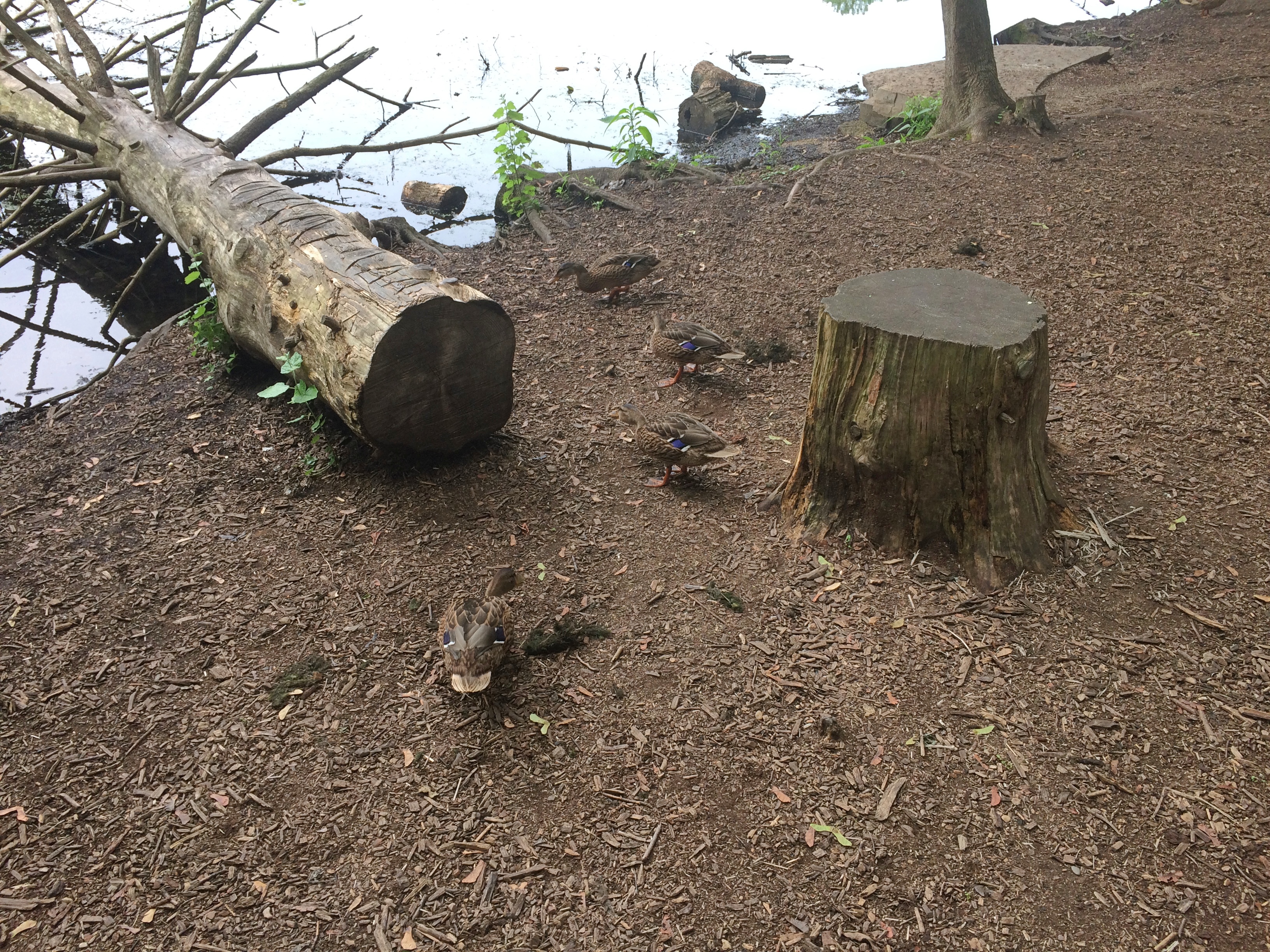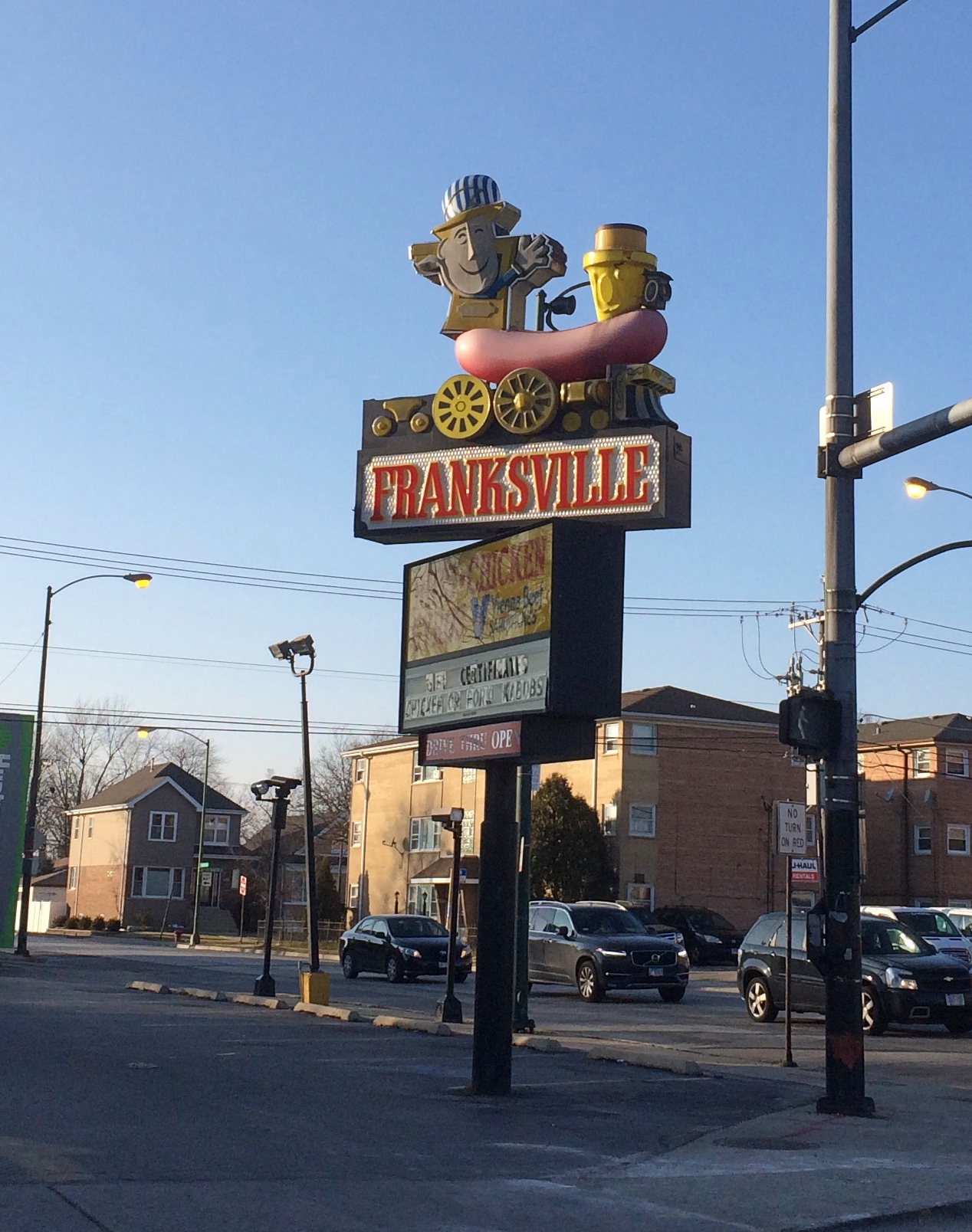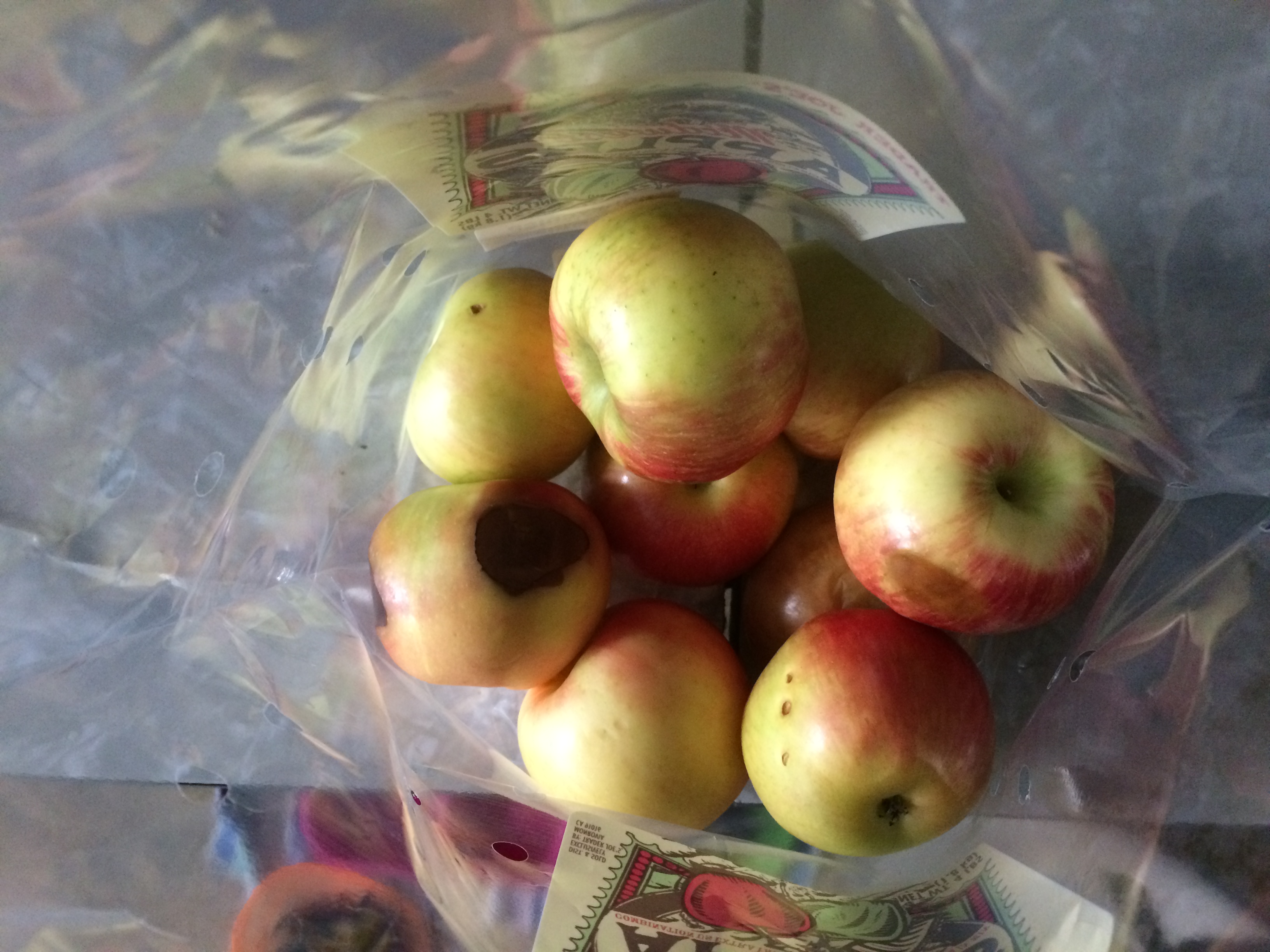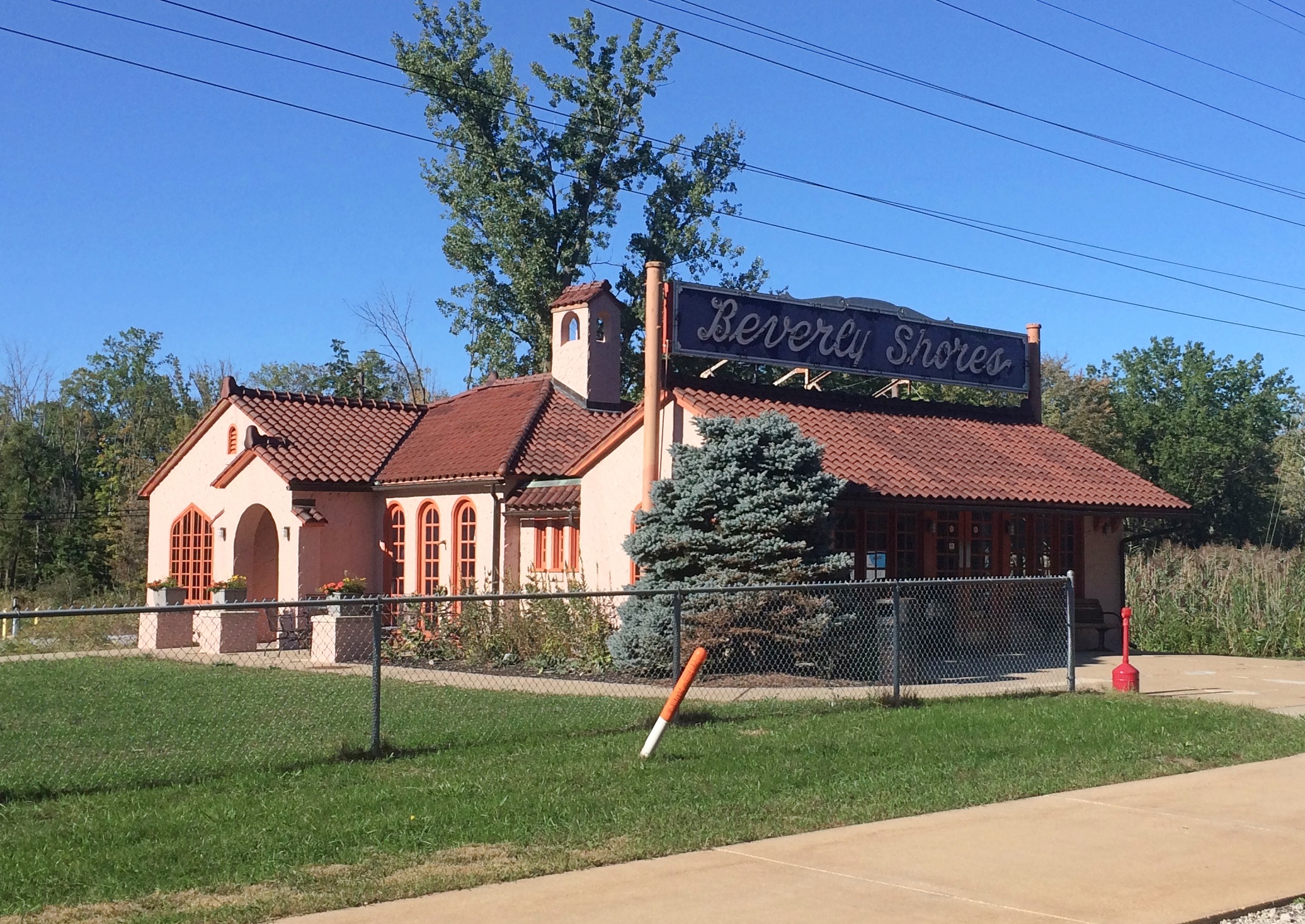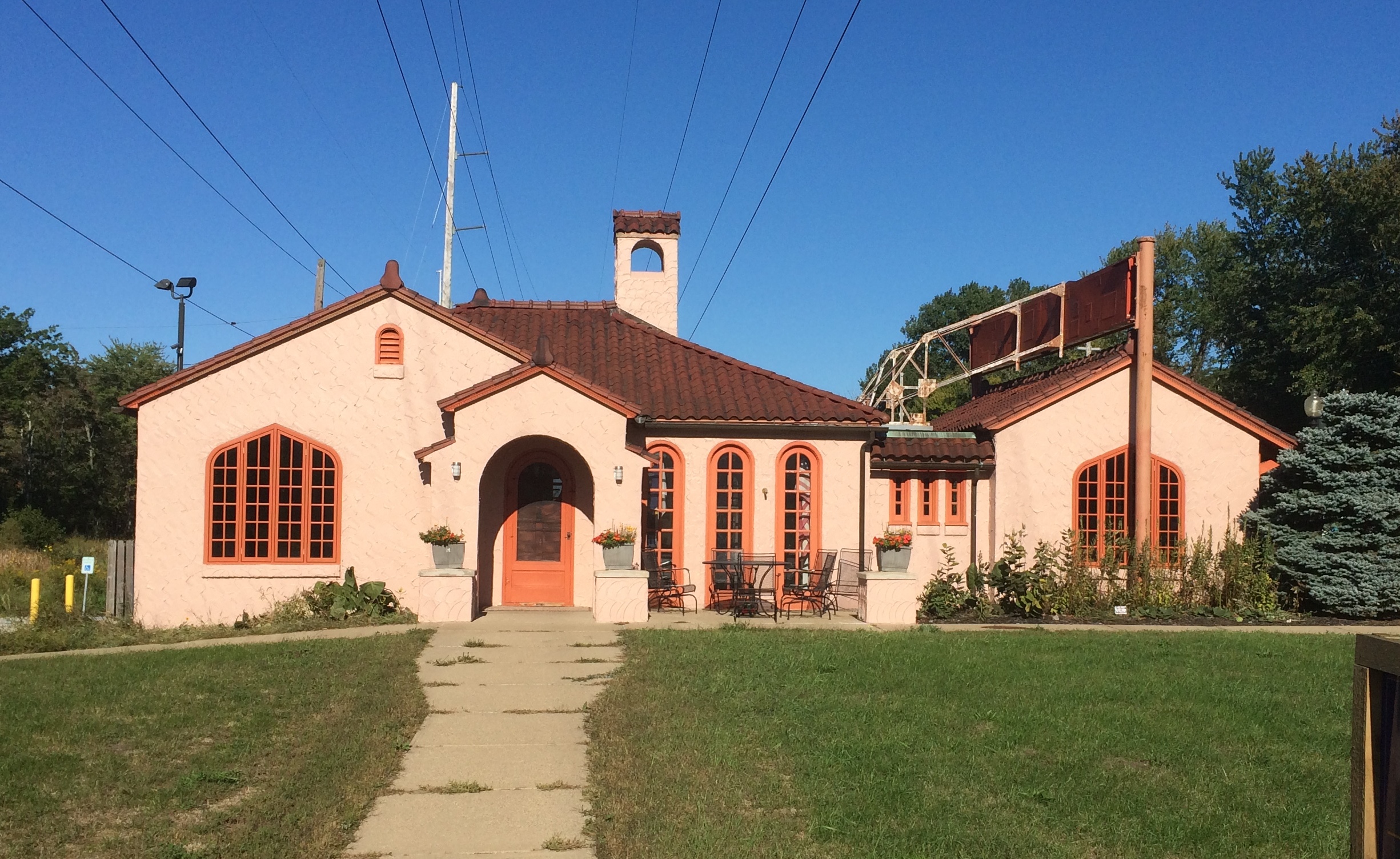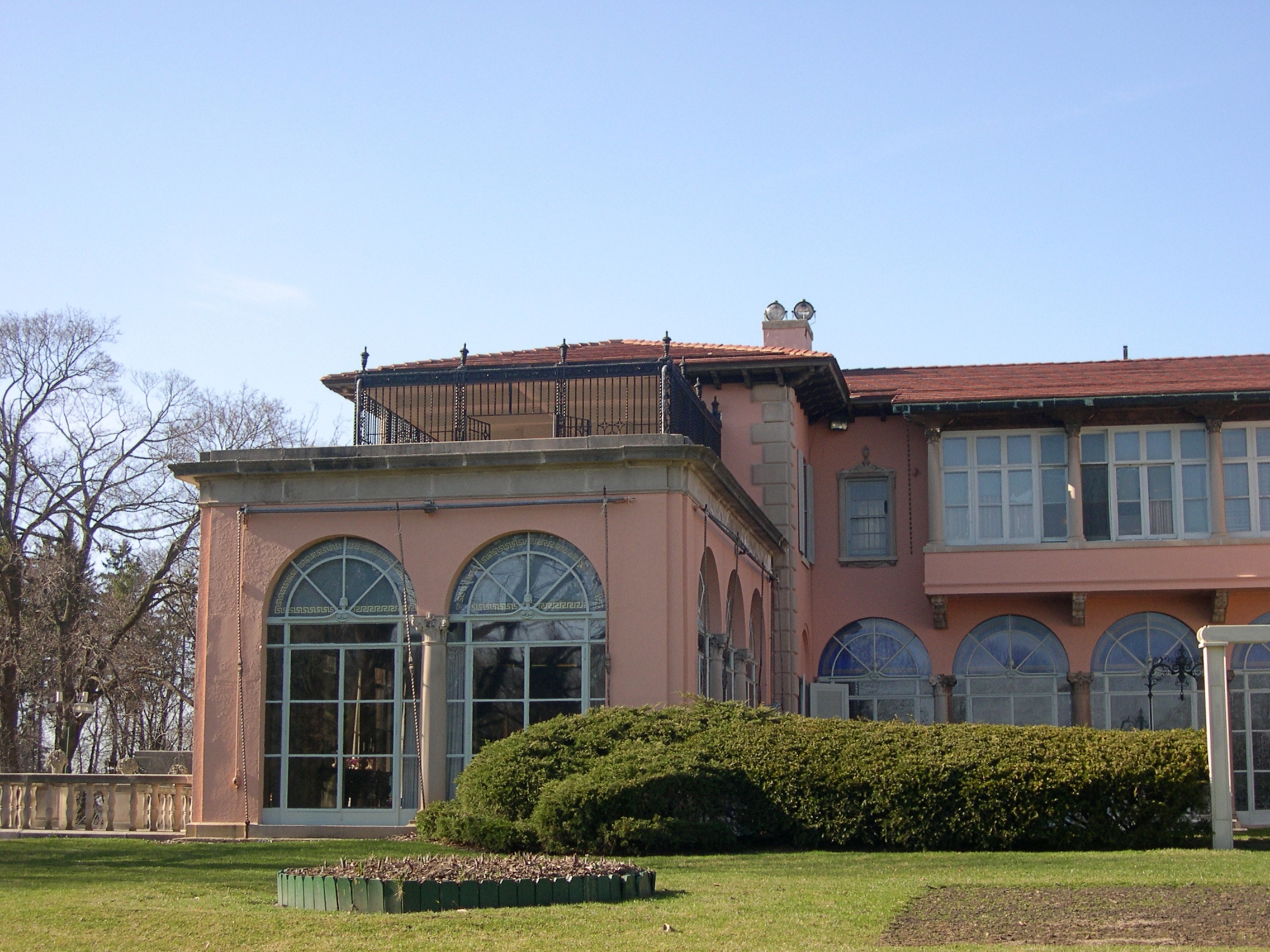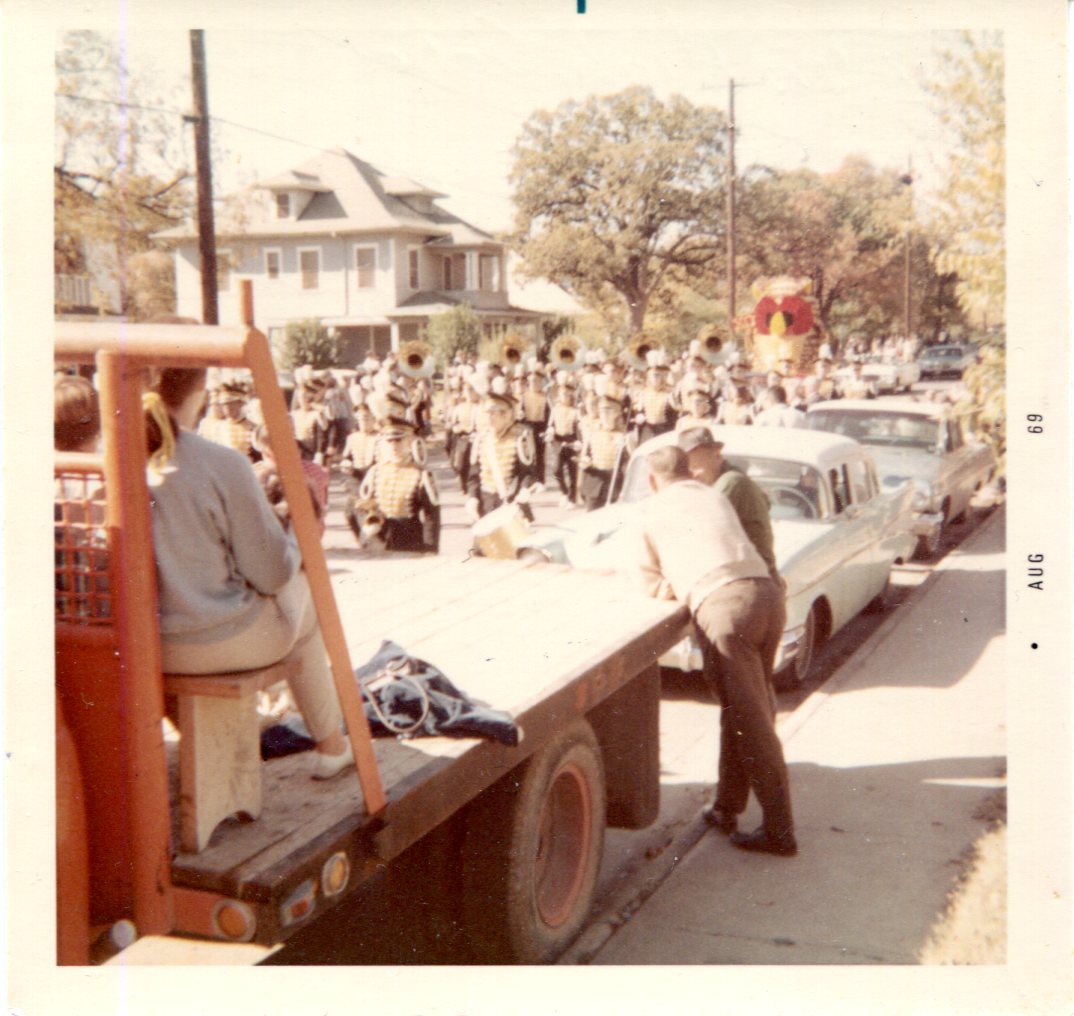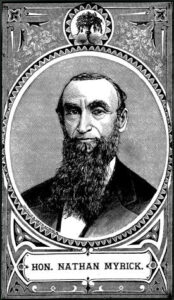Warmish weekend, good for walking around. We did that in Milwaukee yesterday, because the Doors Open Milwaukee event has returned after last year’s cancellation. We drove up in mid-morning and returned not too long after dark, as we did in 2019 and 2018 and 2017. One difference this year was that a few — not all — places required a mask.
Another wrinkle this time is that we took the dog. Leaving her at home alone for more than a few hours is just asking for a mess to clean up upon return. So that meant for most of the places we went, we took turns, as one of us stayed with the dog, either in the car or walking her around.
First we went to the Bay View neighborhood south of downtown, a place that got its start as a 19th-century company town. In our time it seems pretty lively. There we sought out St. Lucas Evangelical Lutheran Church and St. Augustine of Hippo Catholic Church, both late 19th-century/early 20th-century edifices themselves, distinctly built of cream brick.
In the Burnham Park neighborhood of Milwaukee, southwest of downtown, you can find the Burnham Block. In fact, an organization called Frank Lloyd Wright’s Burnham Block, which is part of Wisconsin’s Frank Lloyd Wright Trail, very much wants you to come see the six small houses on that block, designed by The Genius.
Who are we to resist the call of FLW? We went there next. So did a fair number of people late that morning, more than at any other place we saw yesterday. This was part of the line to get in.
Taking turns looking at FLW’s work took up a fair amount of time. Afterward we repaired to a park for a drive-through-obtained lunch. Then we went to Forest Home Cemetery. Usually, I can’t persuade Yuriko to visit cemeteries, but the Doors Open feature was its chapel, which she was willing to visit.
Then, to my complete surprise, she wanted to walk the dog through the cemetery as I stopped here and there among its many stones and funerary art. Forest Home is an historic rural cemetery movement cemetery, as fine an example as I’ve seen anywhere.
We had time enough after the cemetery for two more churches in East Town — or maybe the Lower East Side, hard to tell — St. Paul’s Episcopal Church and St. Rita’s Catholic Church.
By the time we’d finished those, it was 5 pm and Doors Open was done for the day. But I didn’t quite want to head home. I wanted to find a place to see the Milwaukee skyline, something I’d never done in all the years I’ve been coming to that city.
That’s the view from Veterans Park on Lake Michigan, and it illustrates one of the advantages of the Milwaukee MSA (pop. 1.57 million) compared with the Chicago MSA (pop. 9.6 million).
The logistics of getting to that view of Milwaukee were exactly this: drive to Veterans Park, park on the road for free, and walk about two minutes. To reach a similar vantage to see the vastly larger Chicago skyline, I shouldn’t have to point out, is much more complicated, and free doesn’t enter into it.
Veterans Park in Milwaukee also has some nice amenities, such as a place called Kites.
At Kites, you can buy kites, as well as snacks. We got some nachos.
People were out flying kites. The wind was up but it wasn’t too cold, so it was a good afternoon for it. If we’d gotten there earlier, we might have as well.
We walked the dog again, this time a little ways along the lake.

It was a good afternoon for that, too.
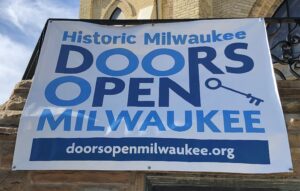
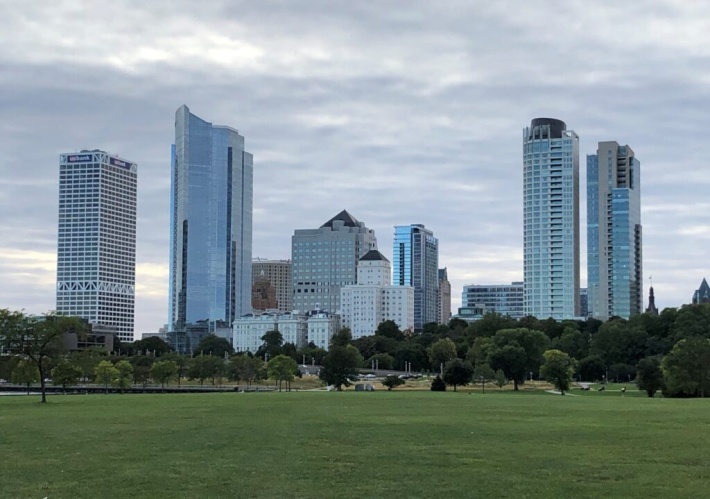
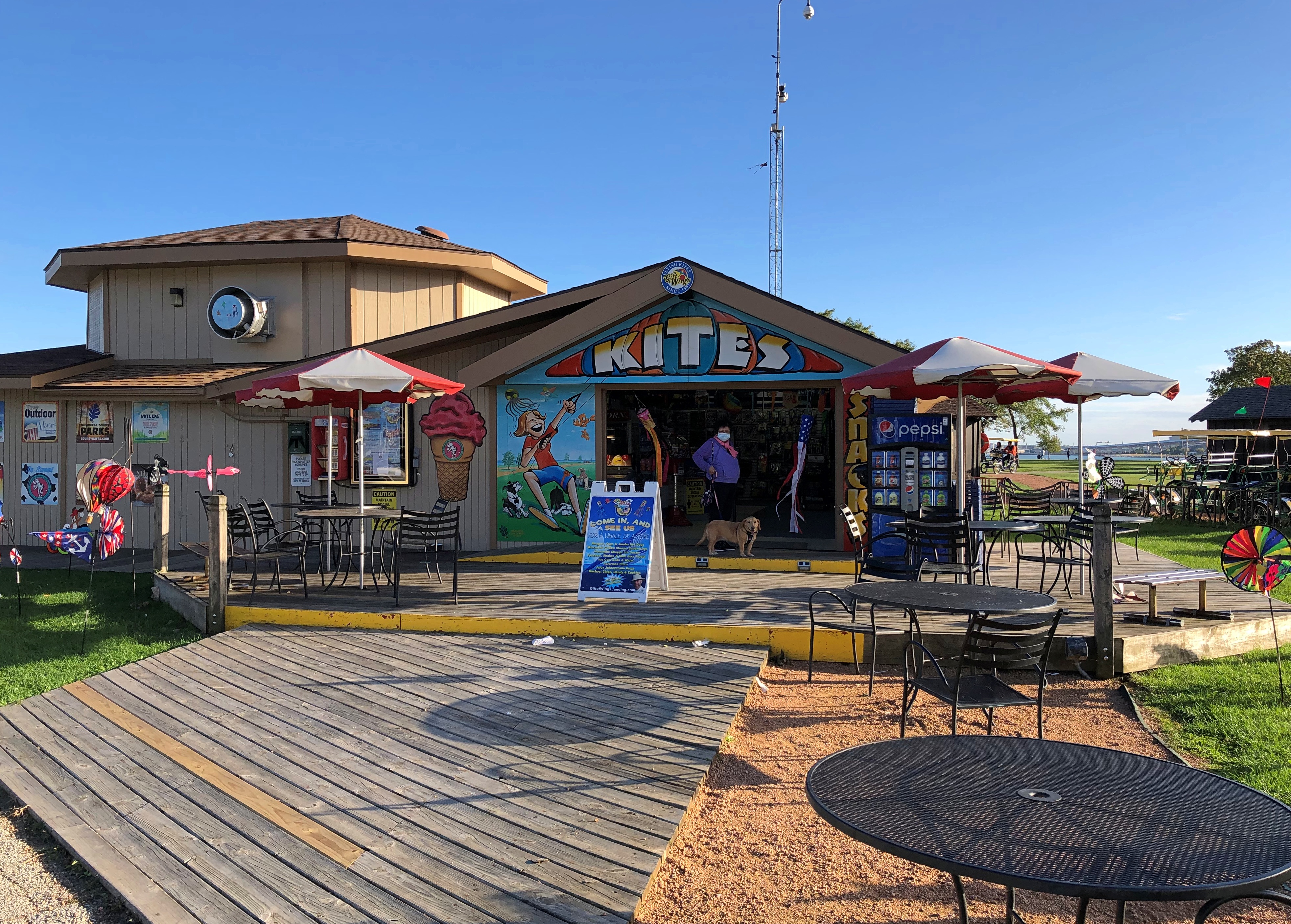


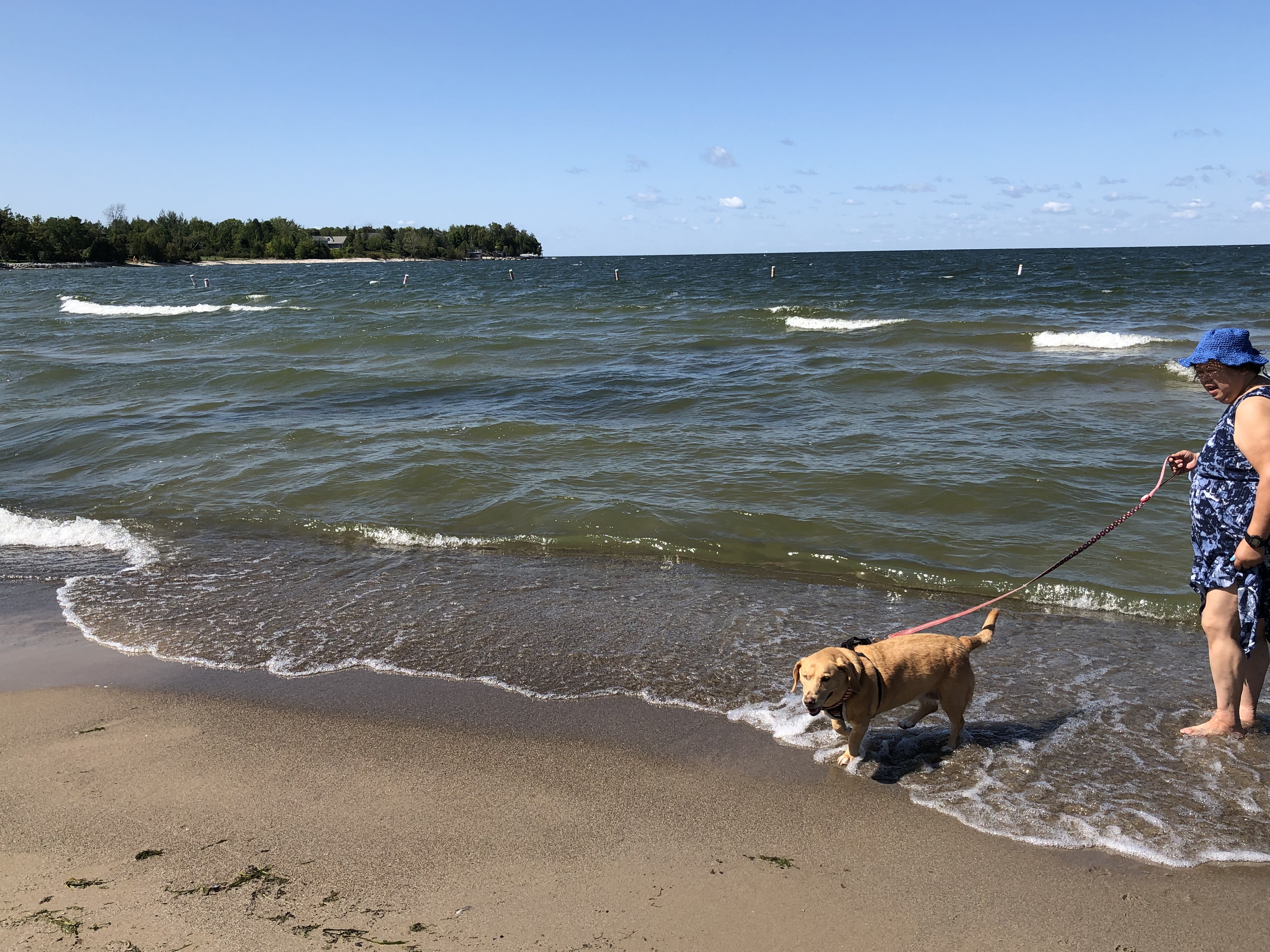



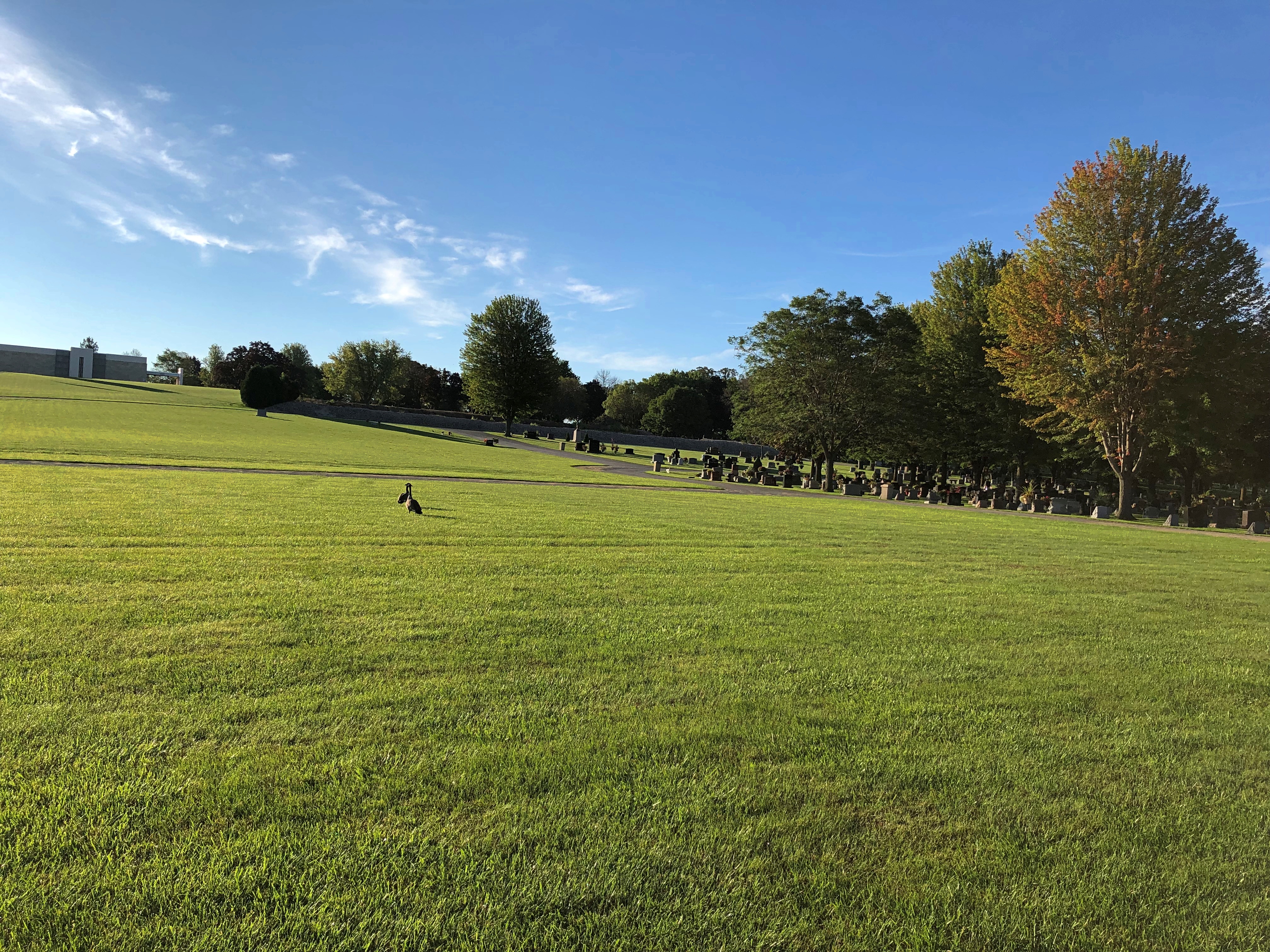

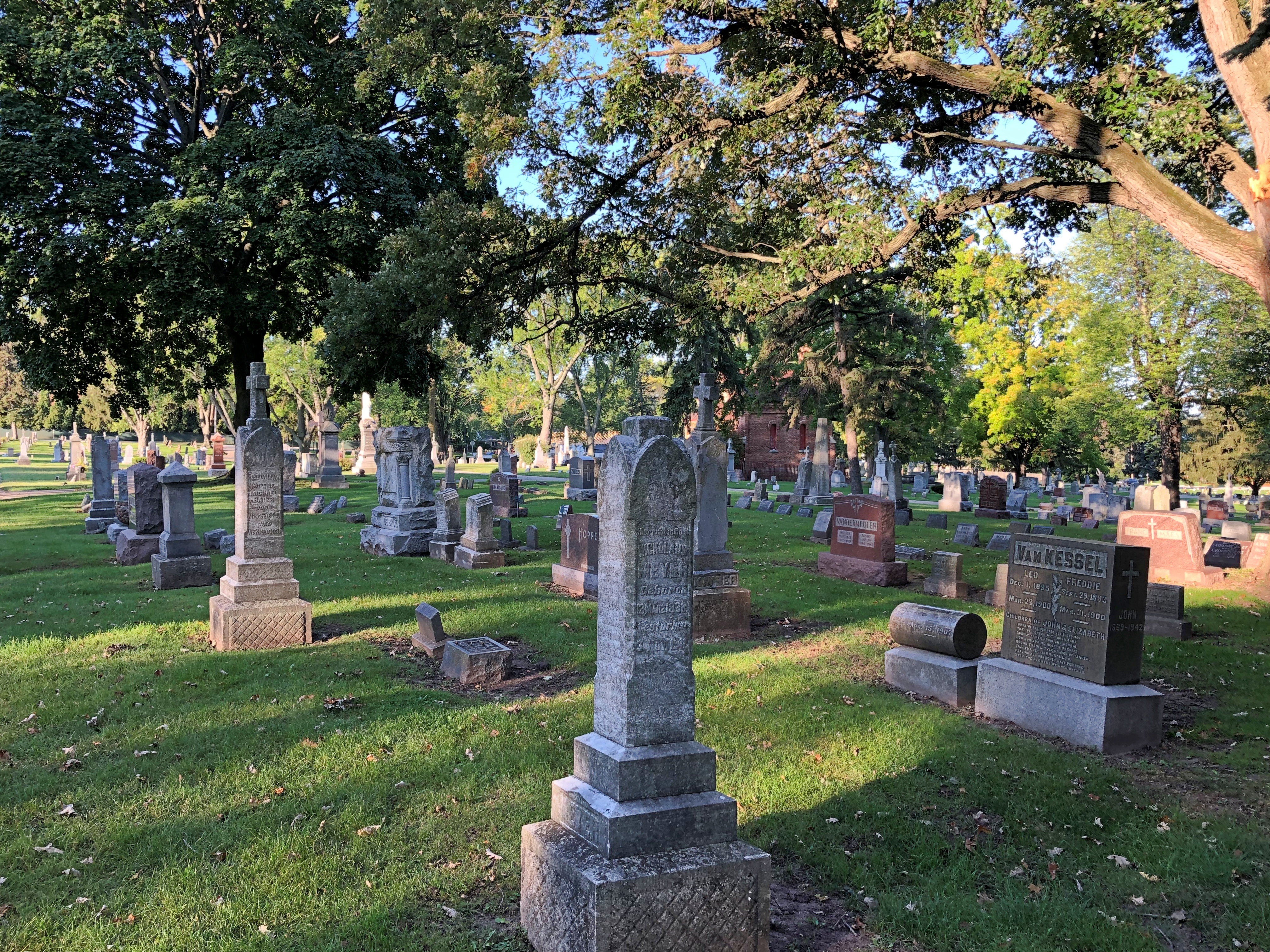

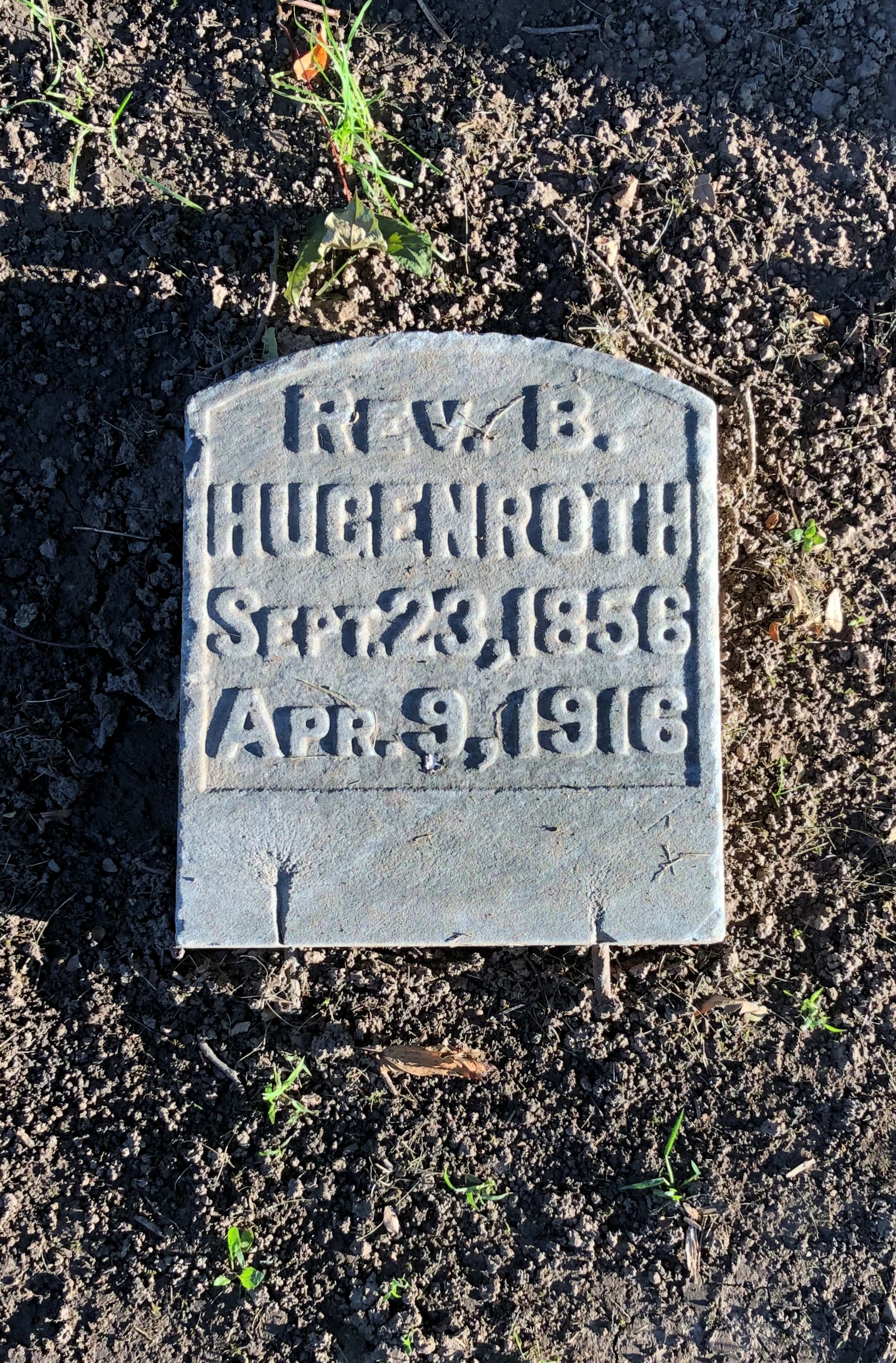












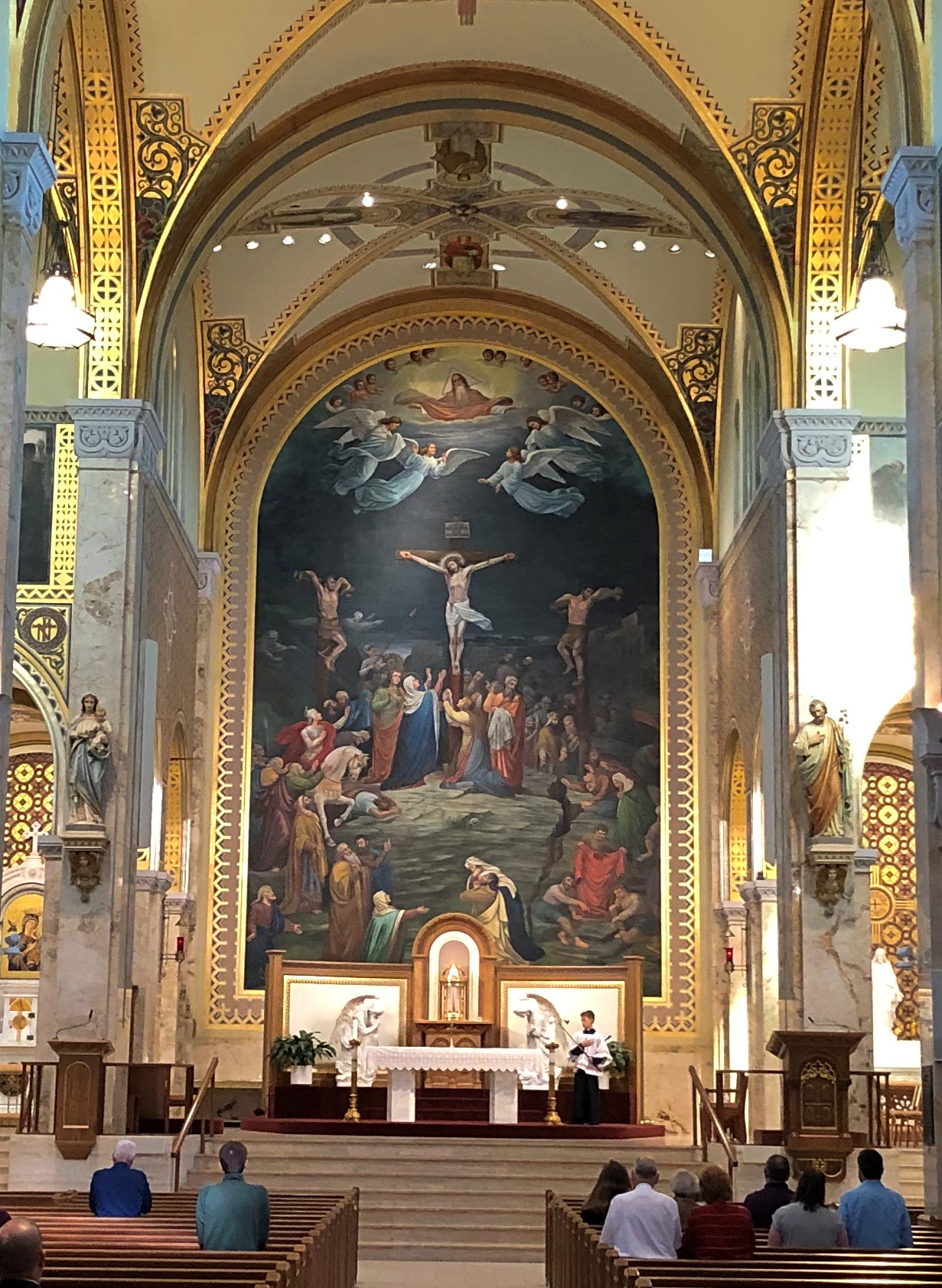





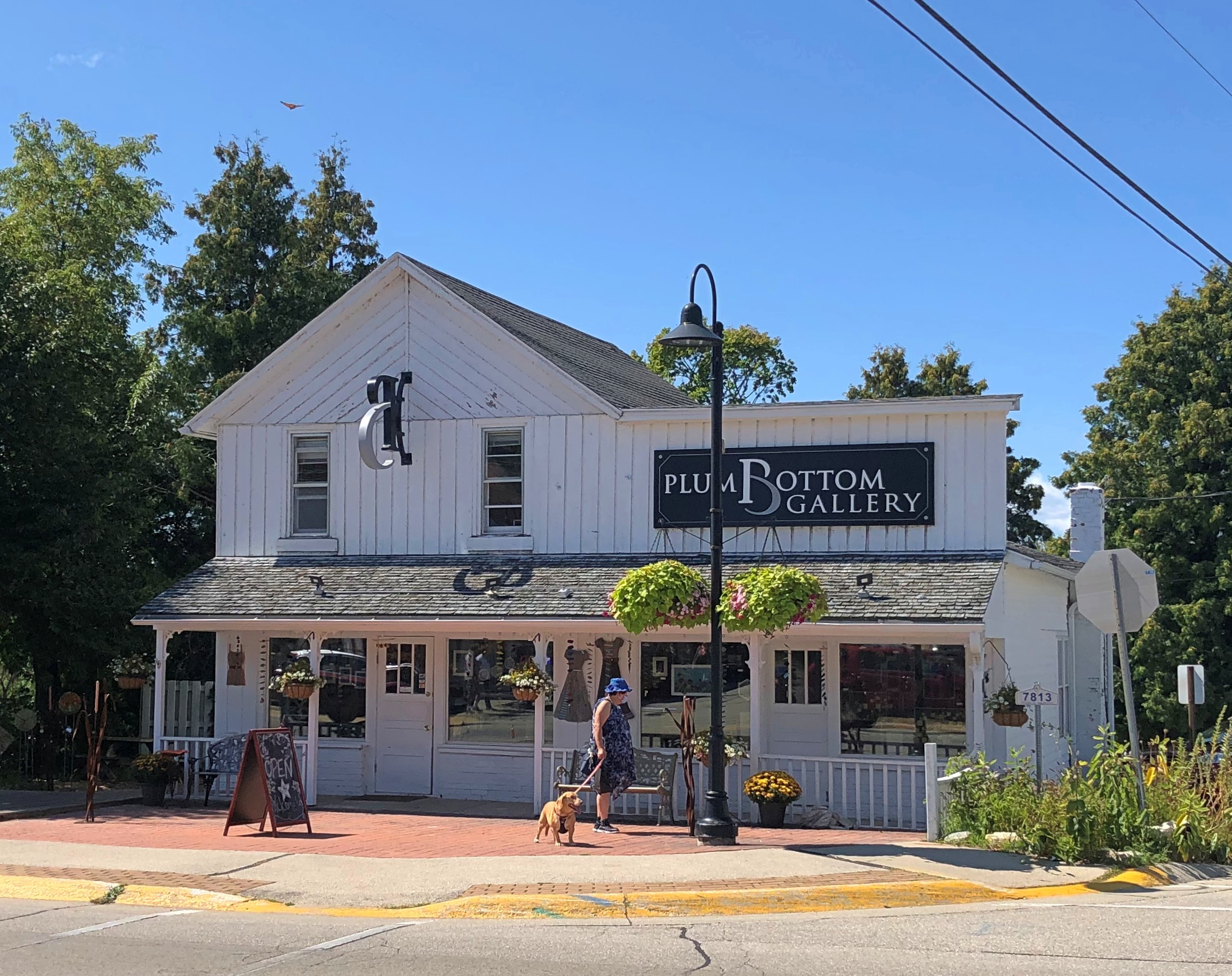




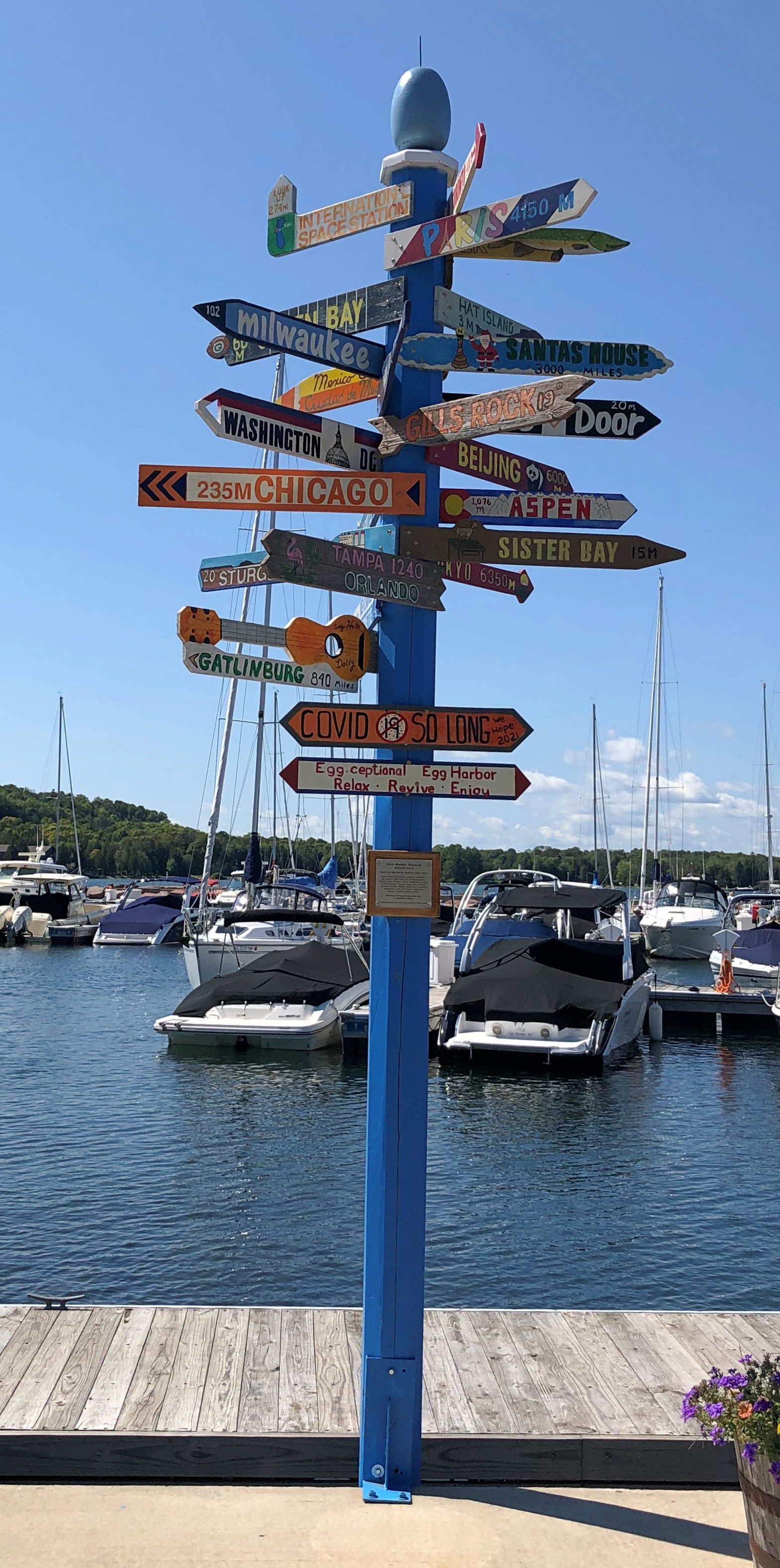

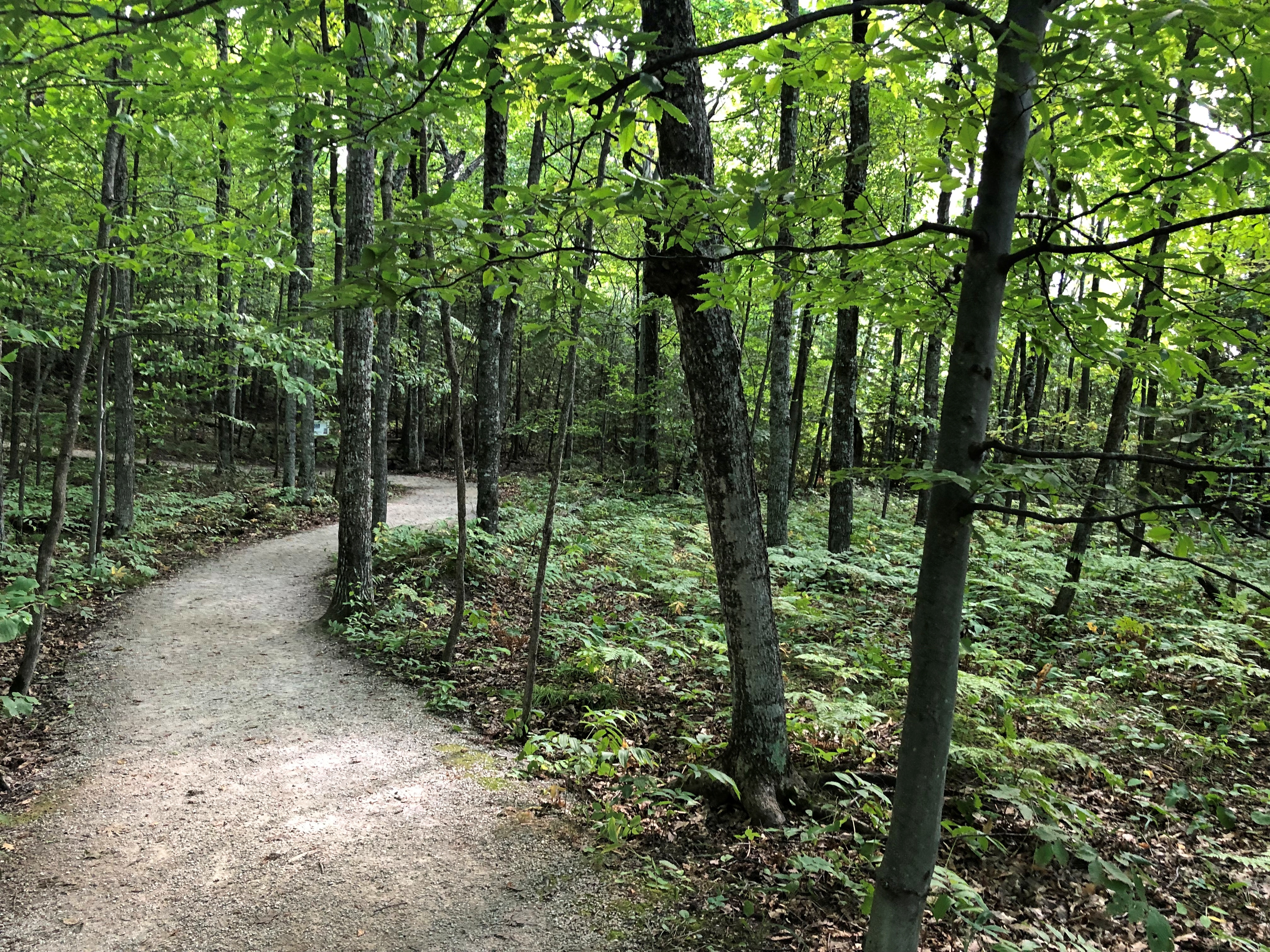











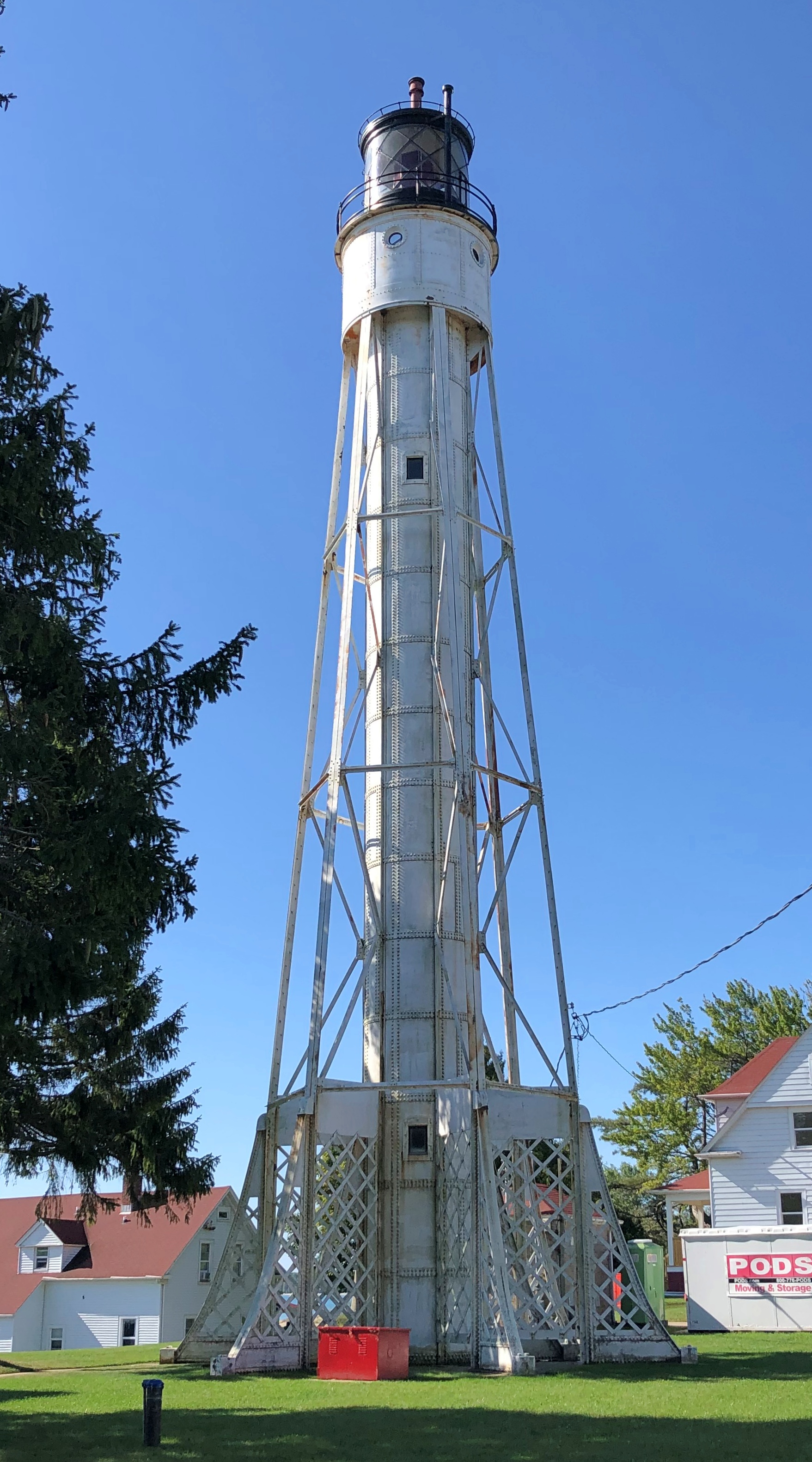
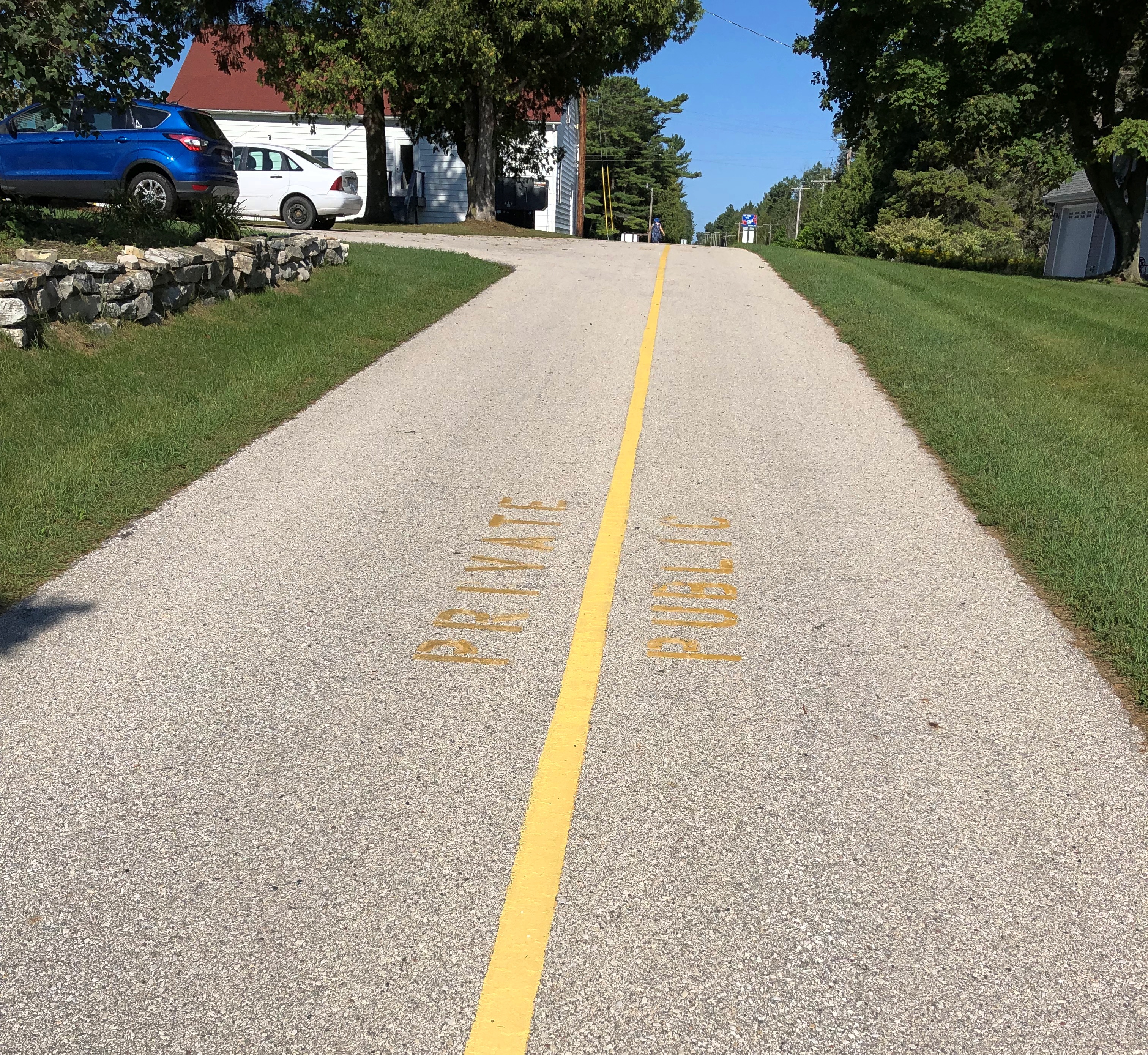



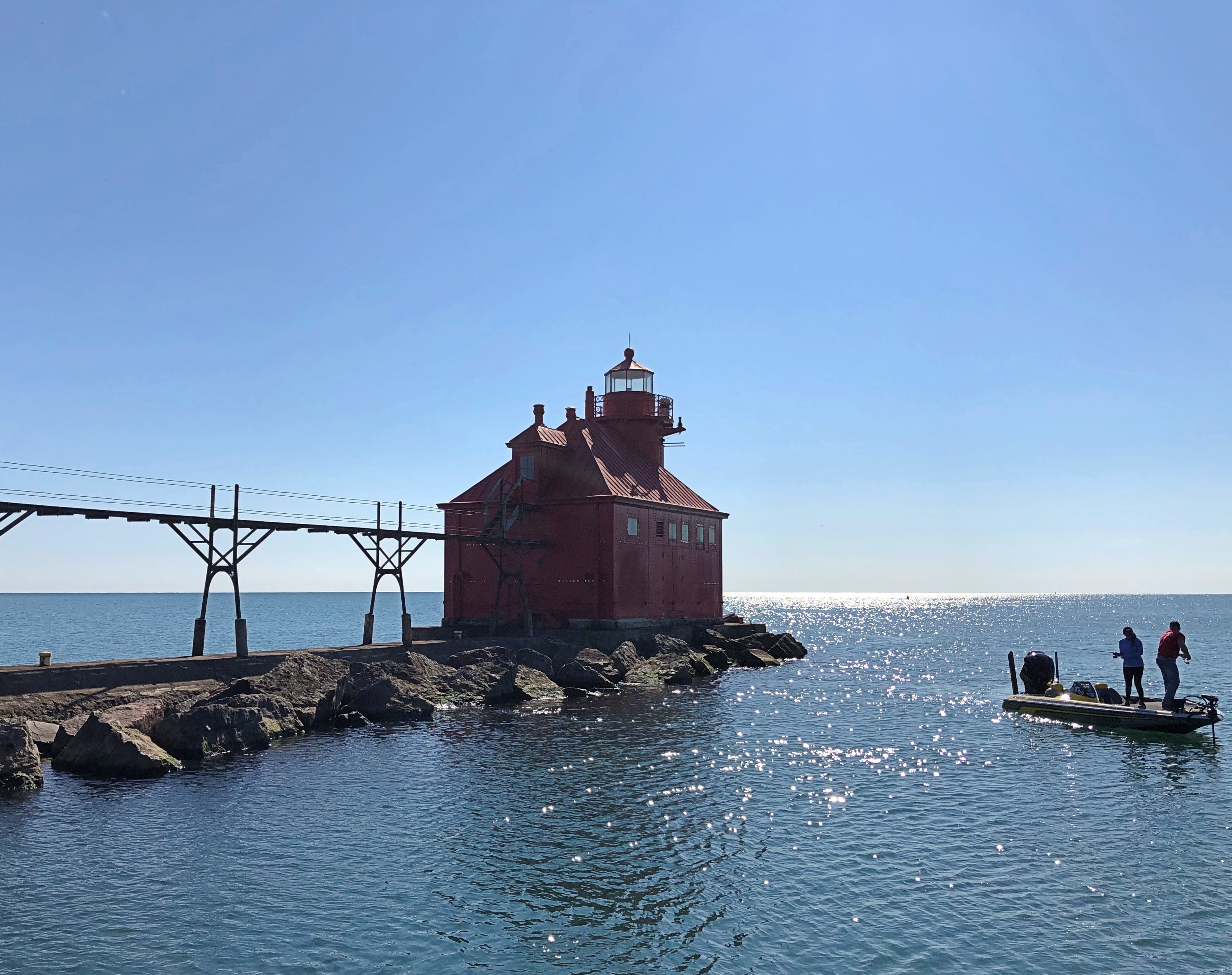




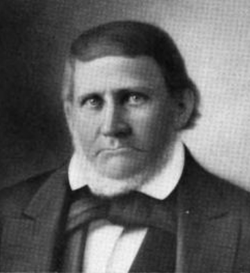
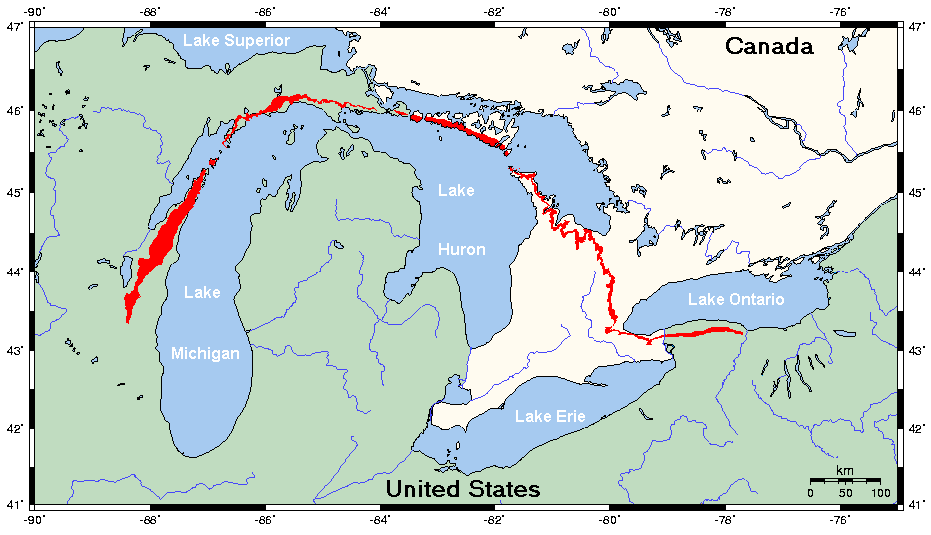
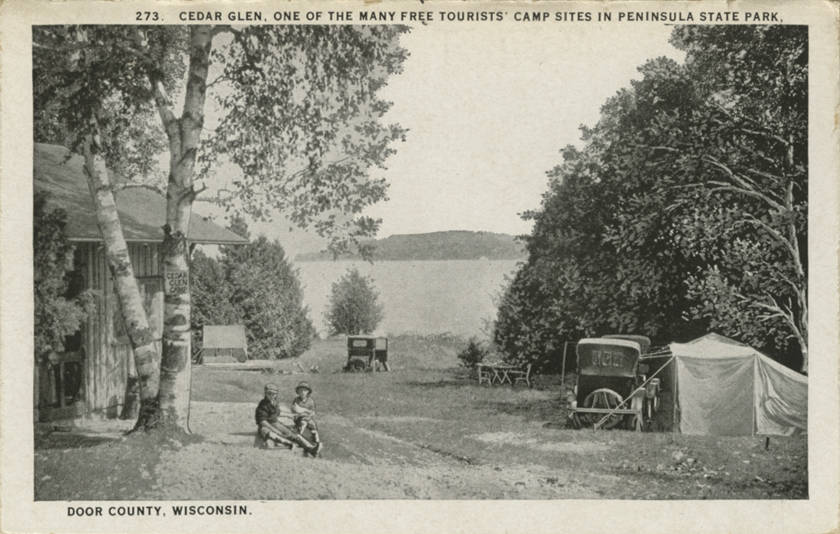

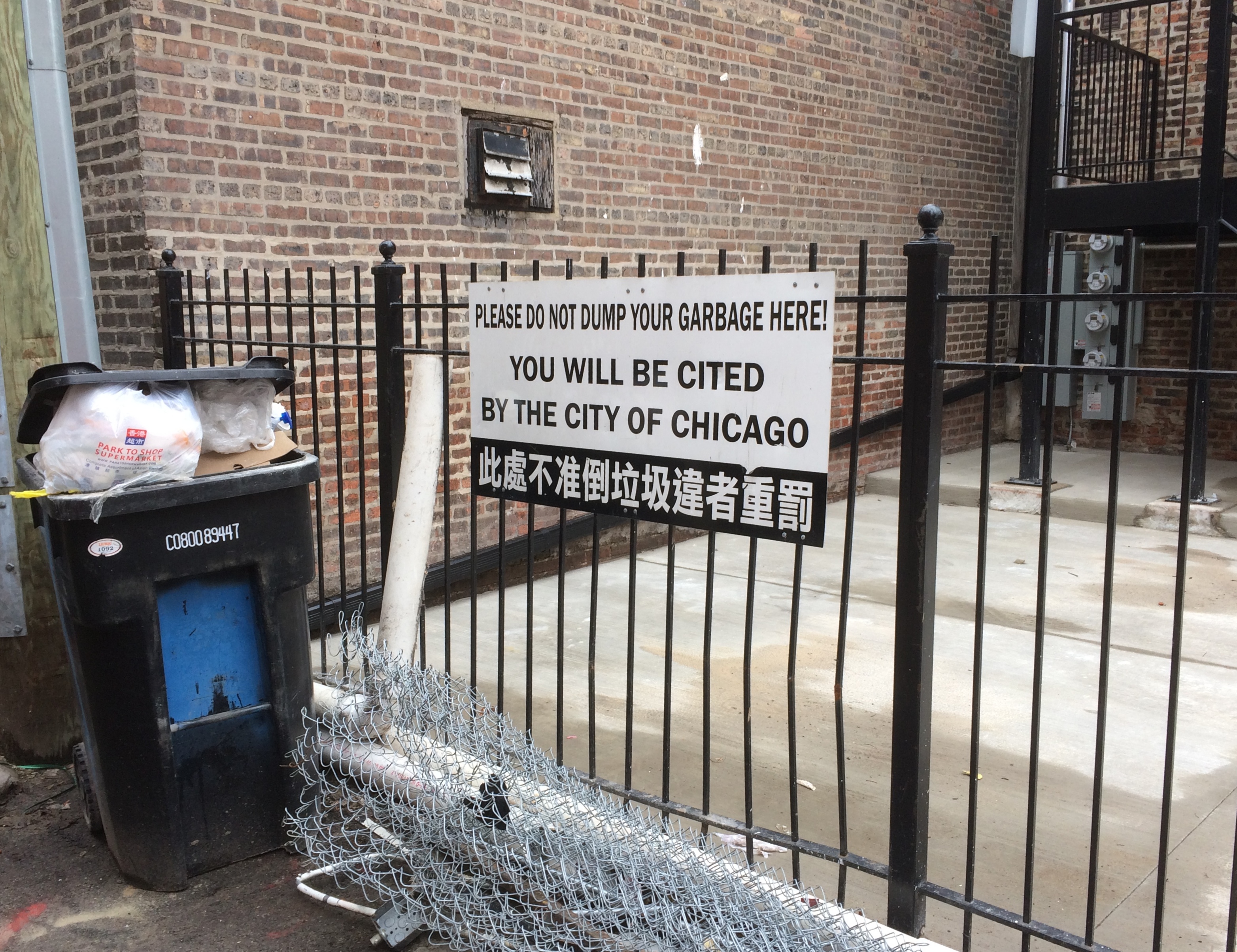
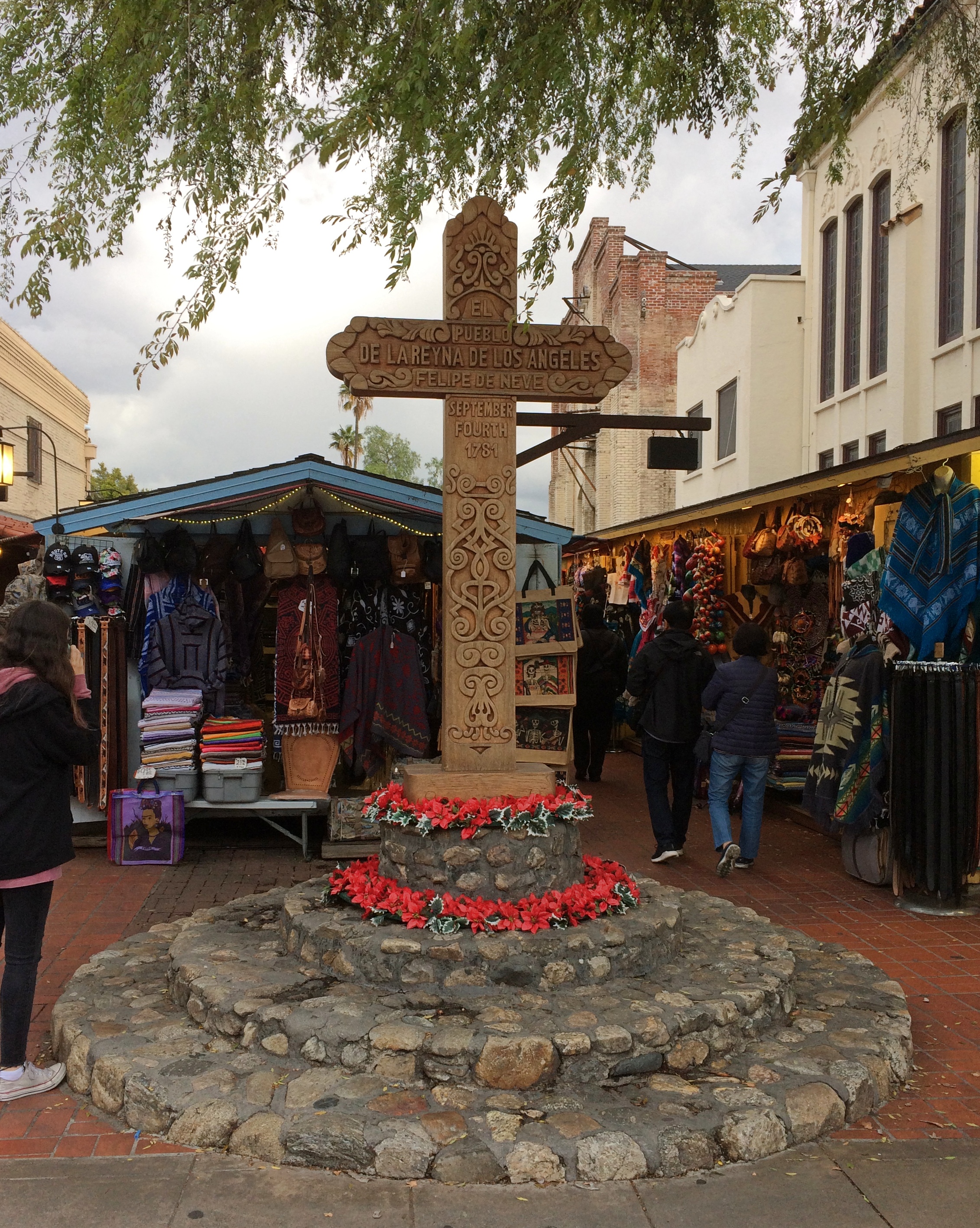
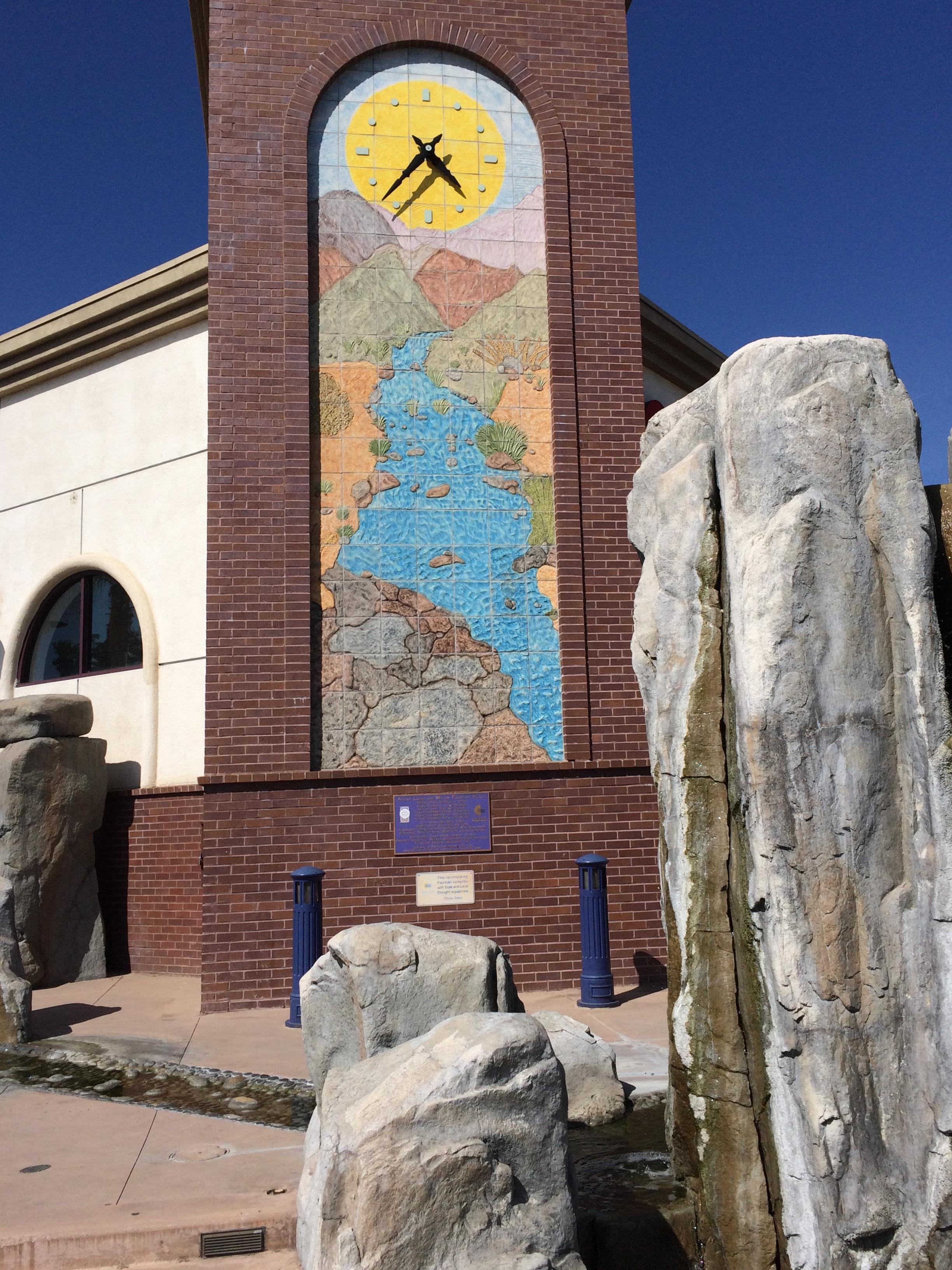
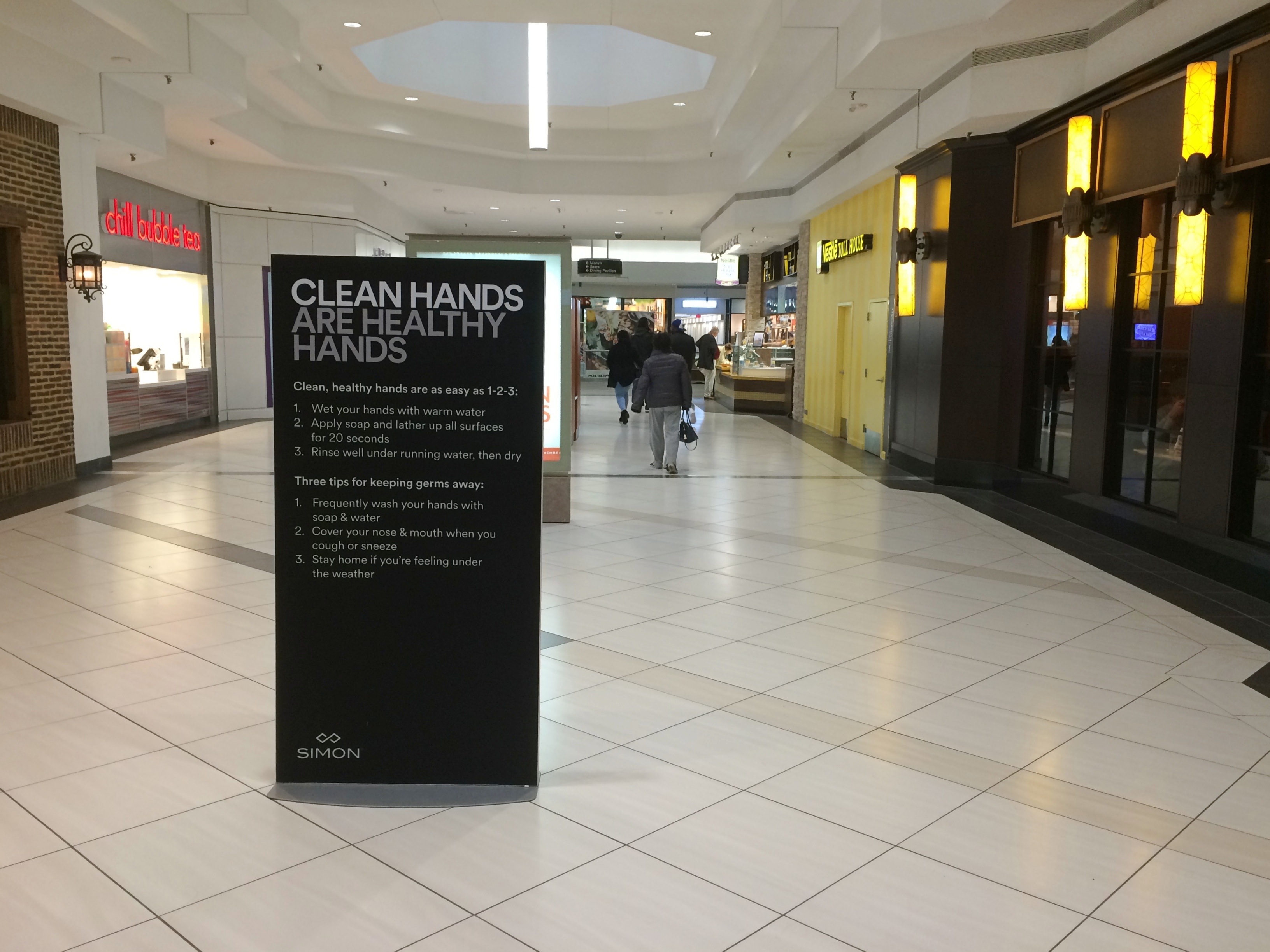
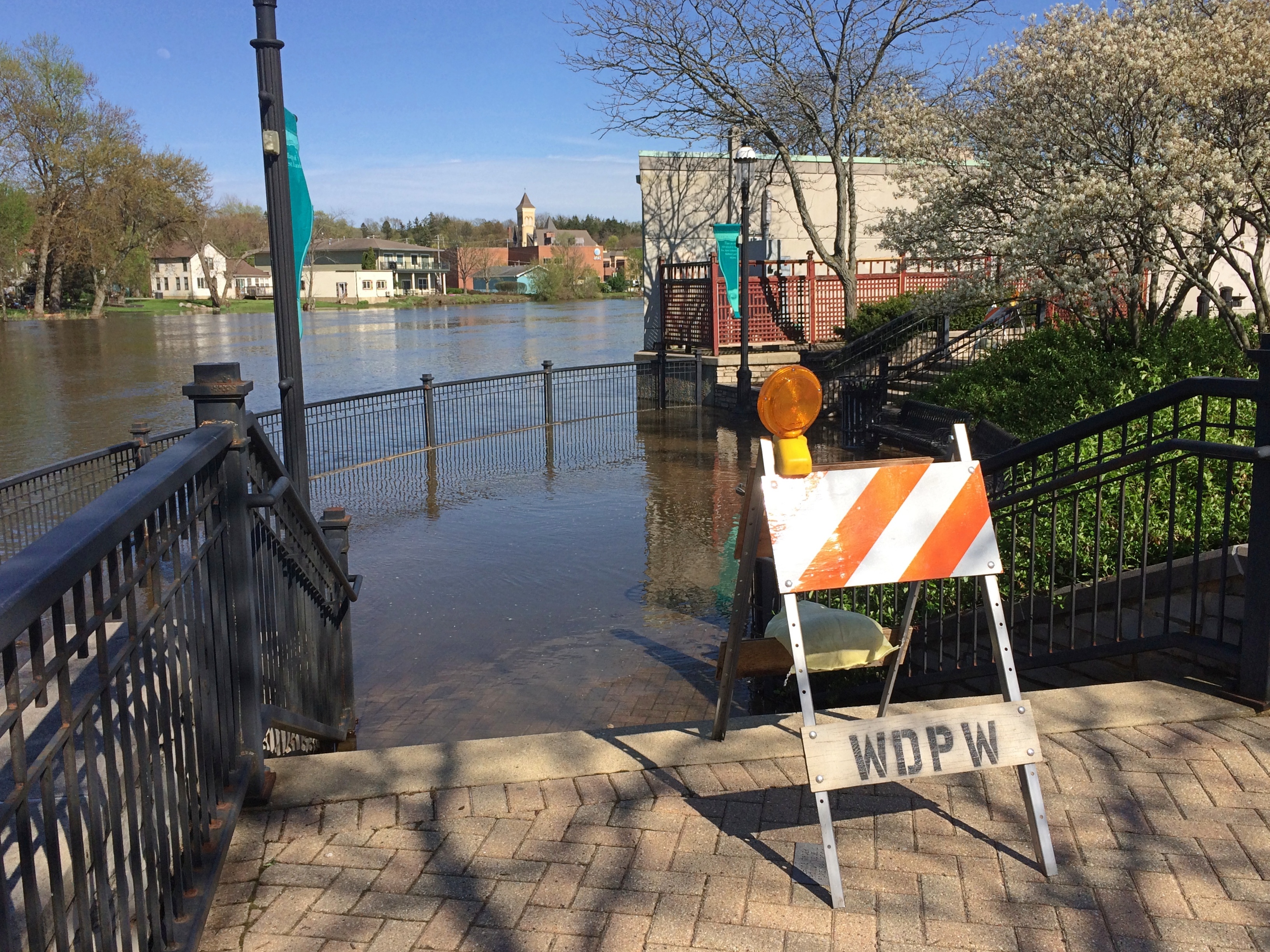
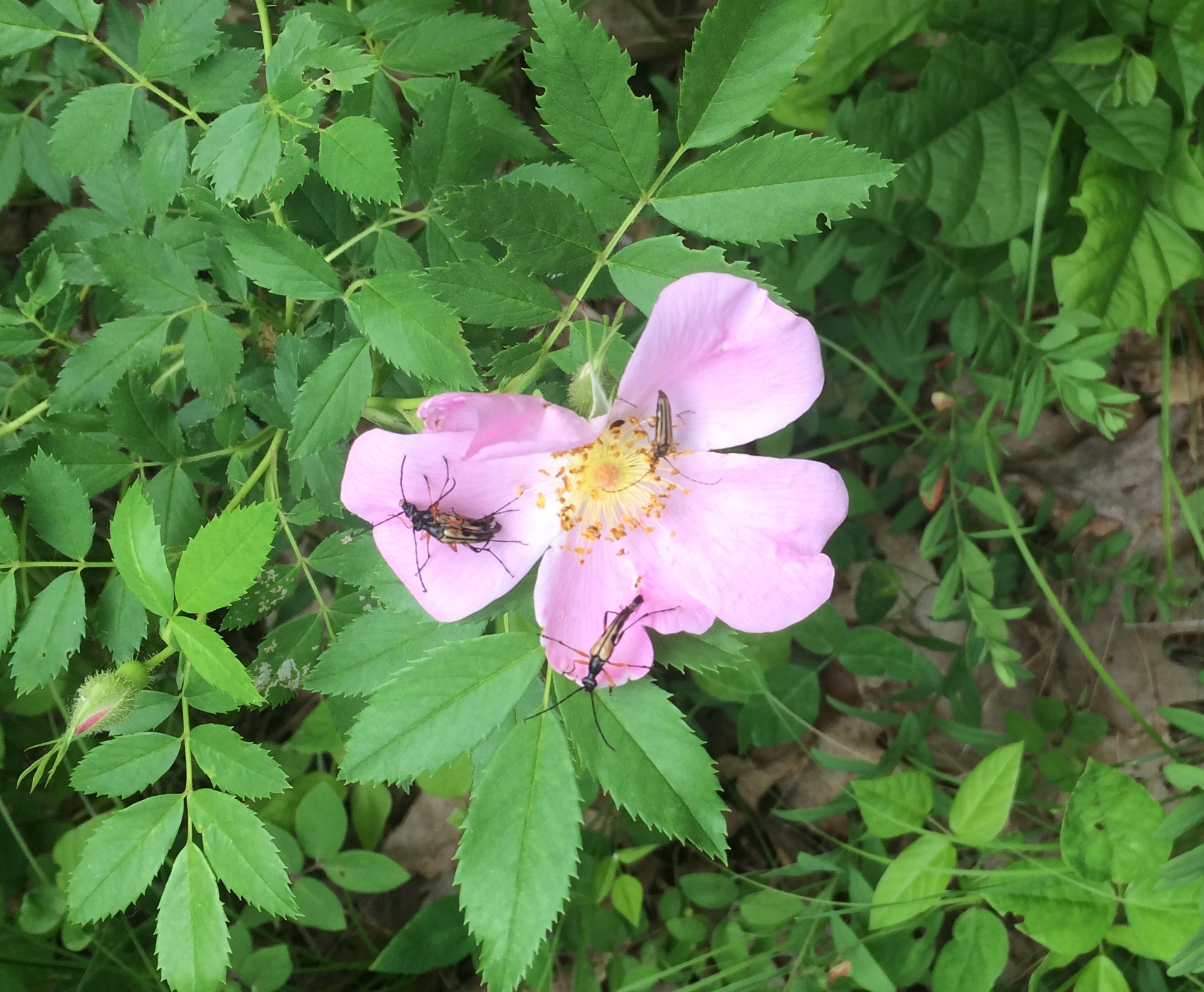
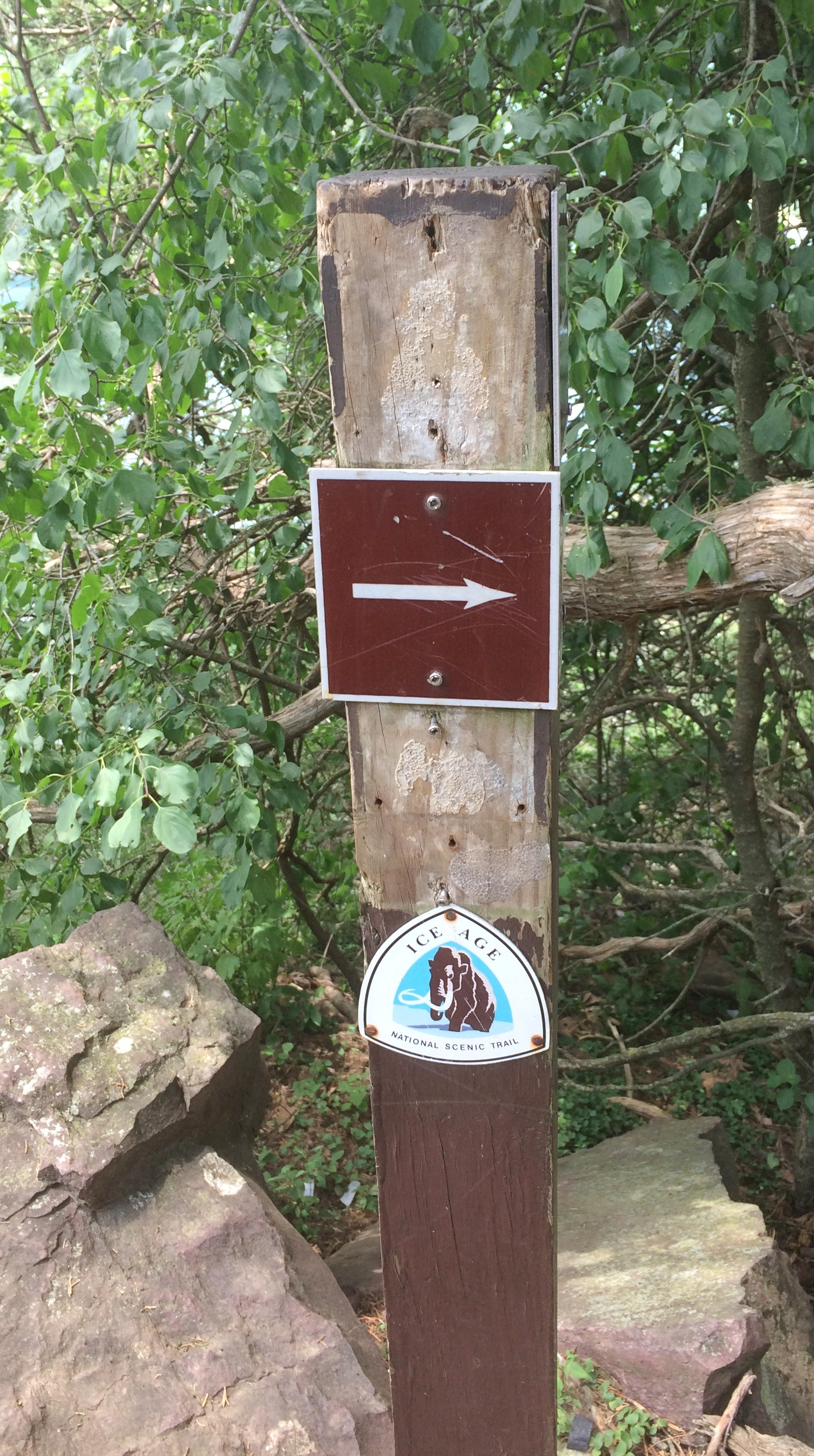 Beverly Shores, Indiana
Beverly Shores, Indiana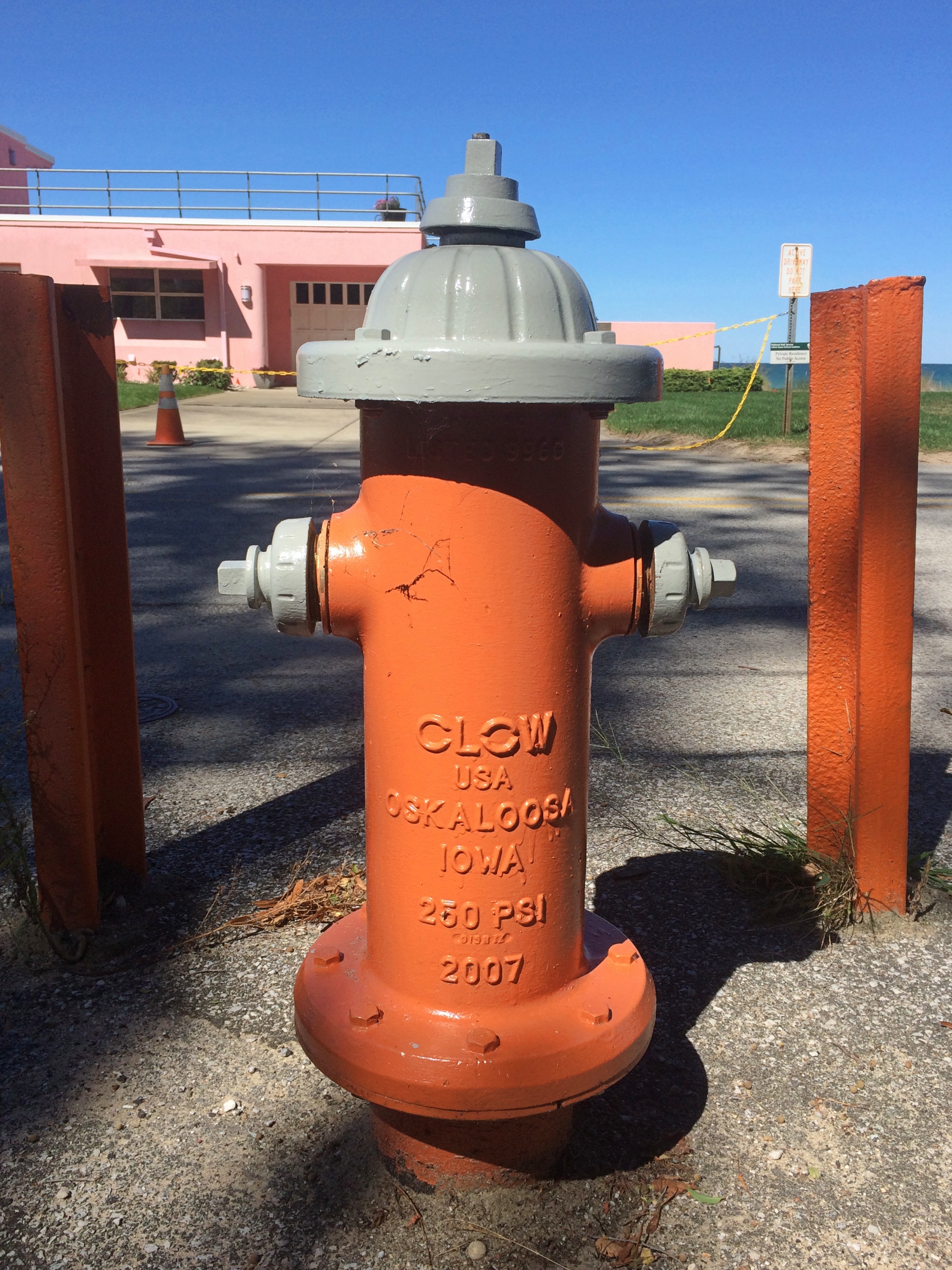
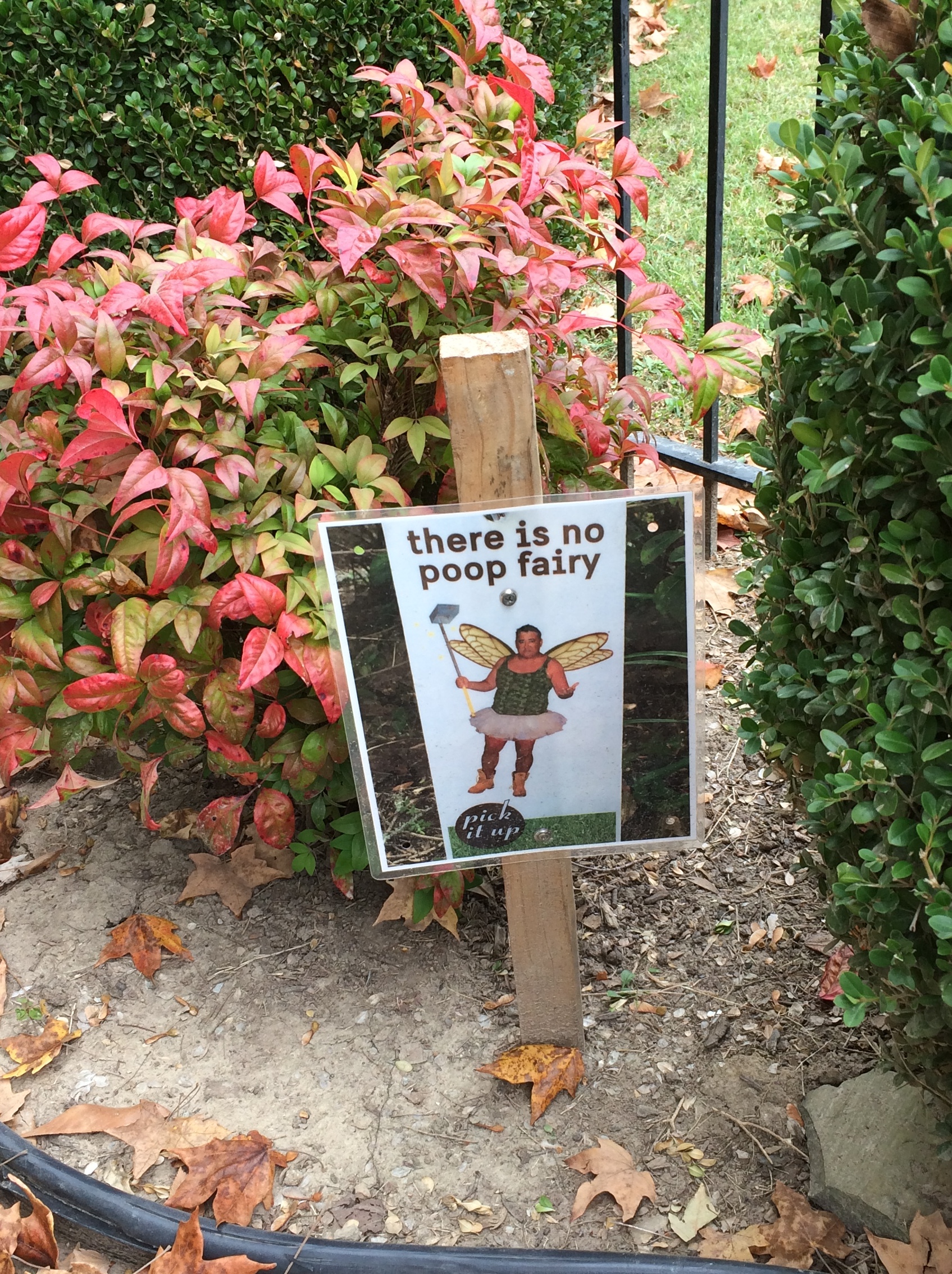 Schaumburg, Illinois
Schaumburg, Illinois